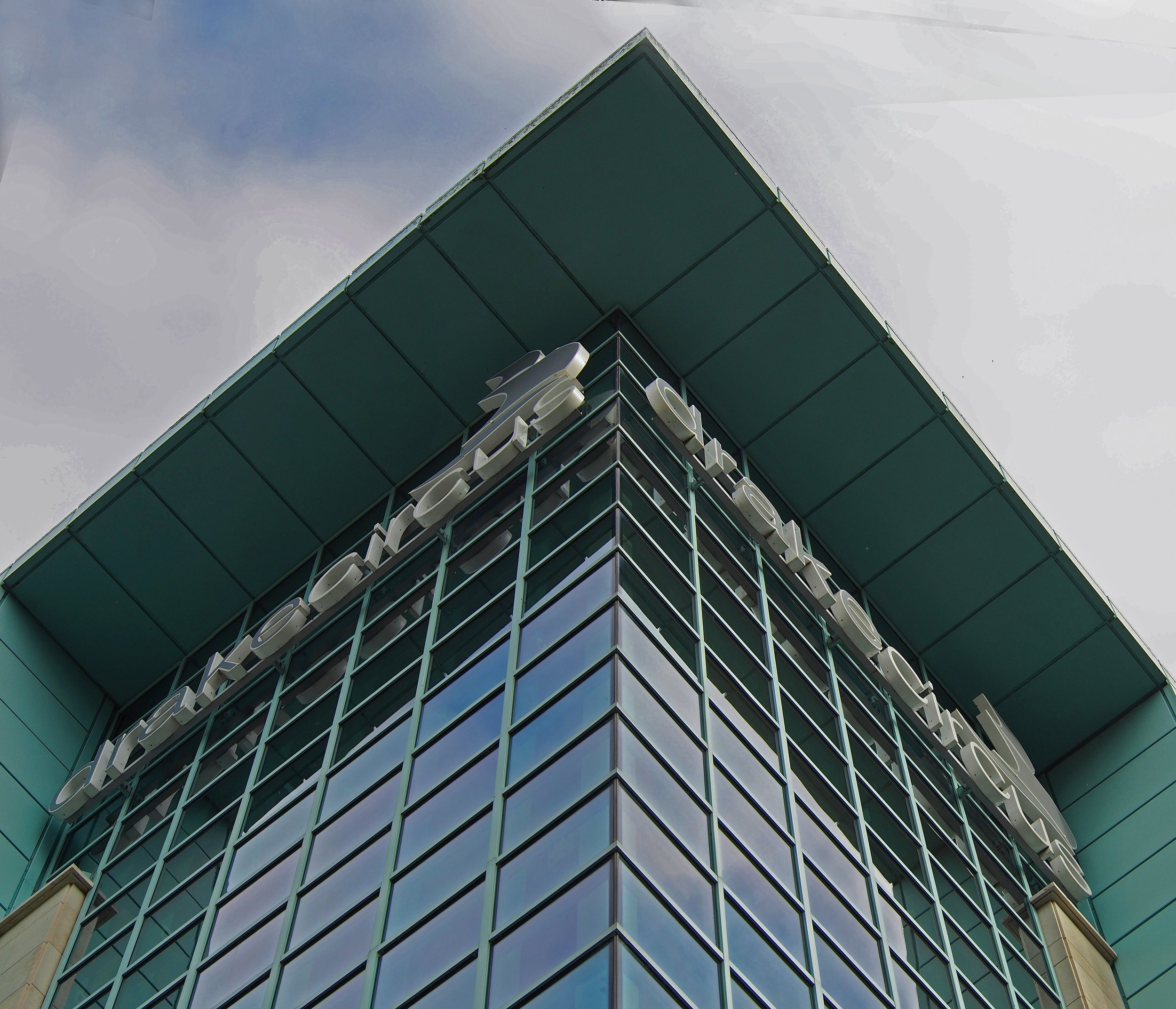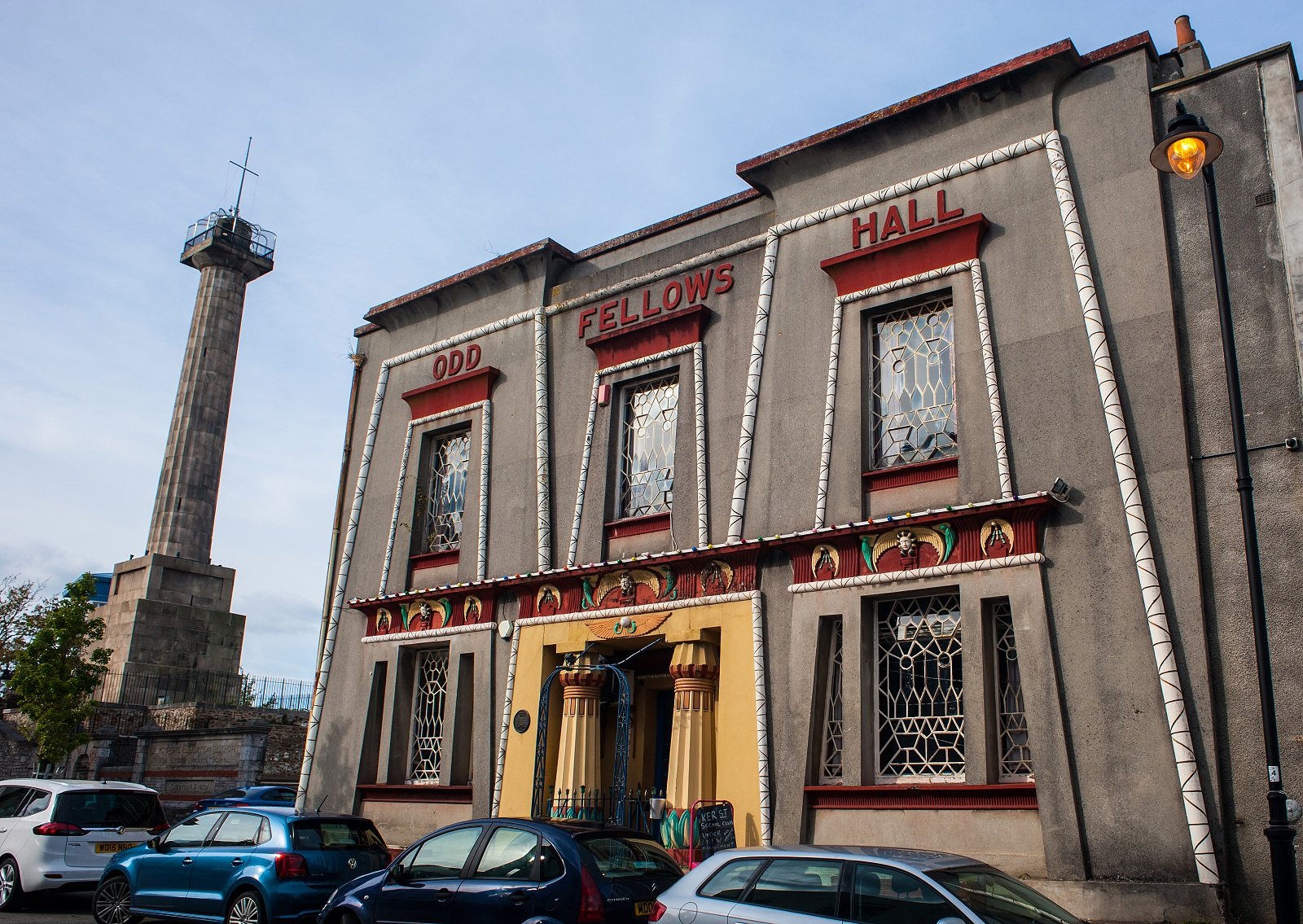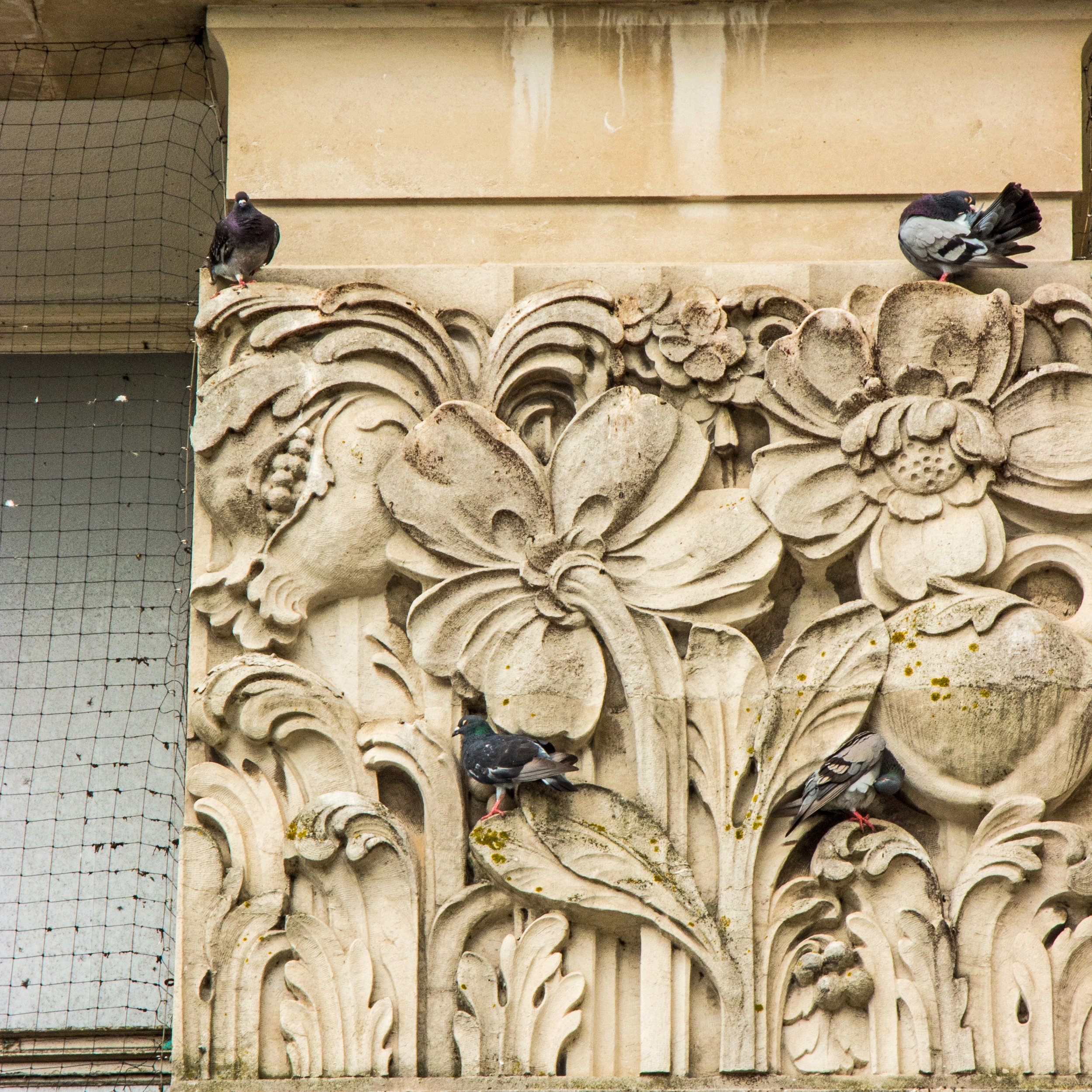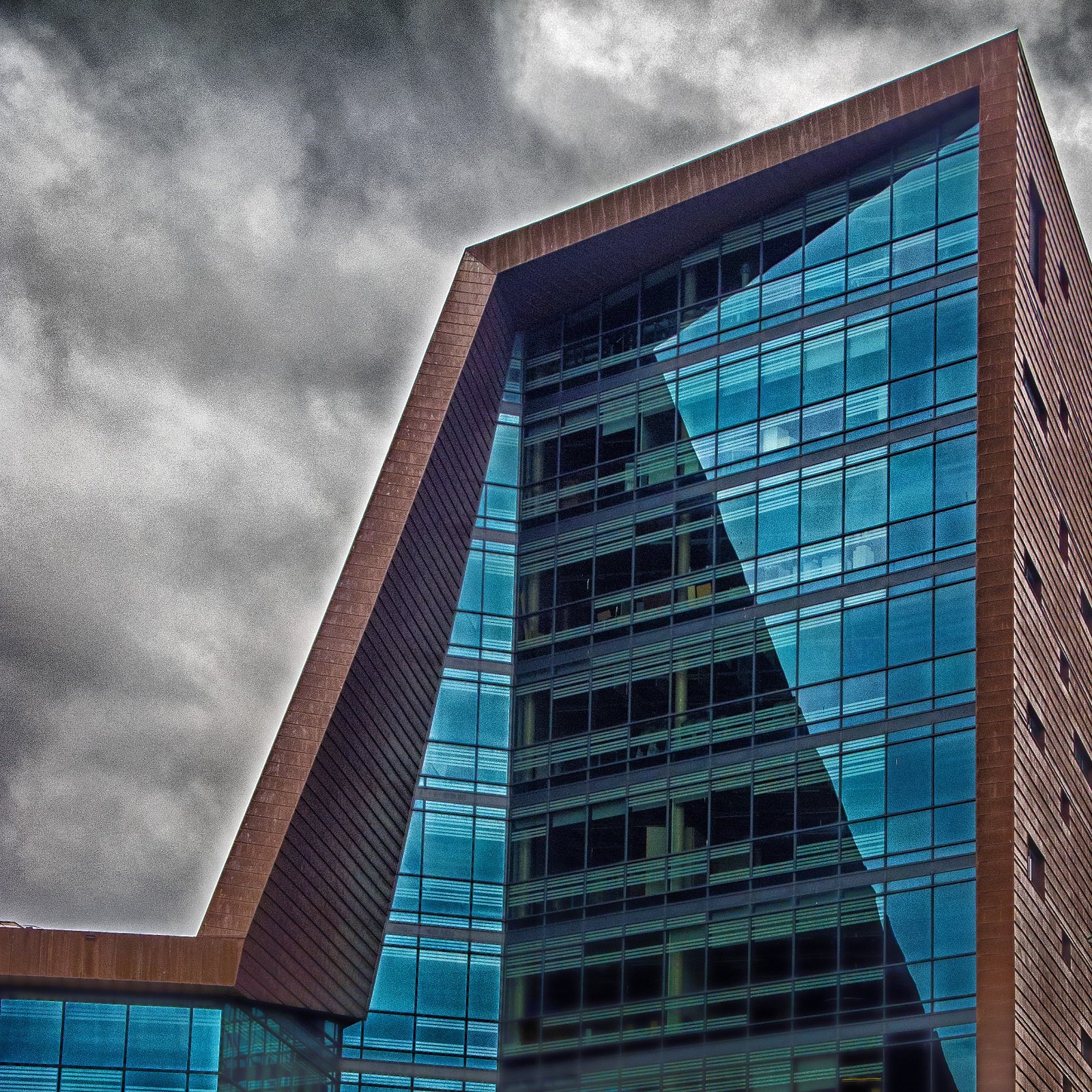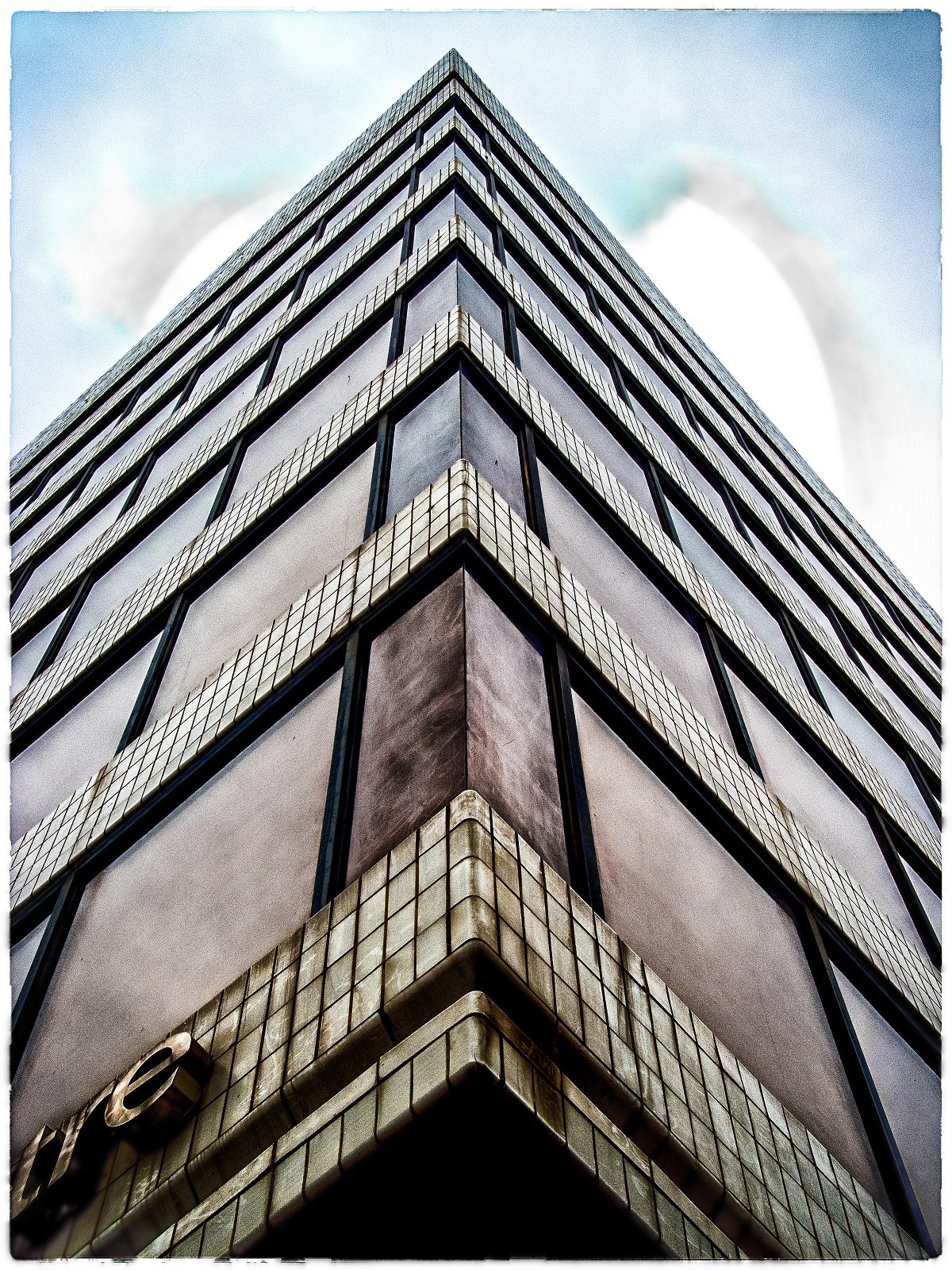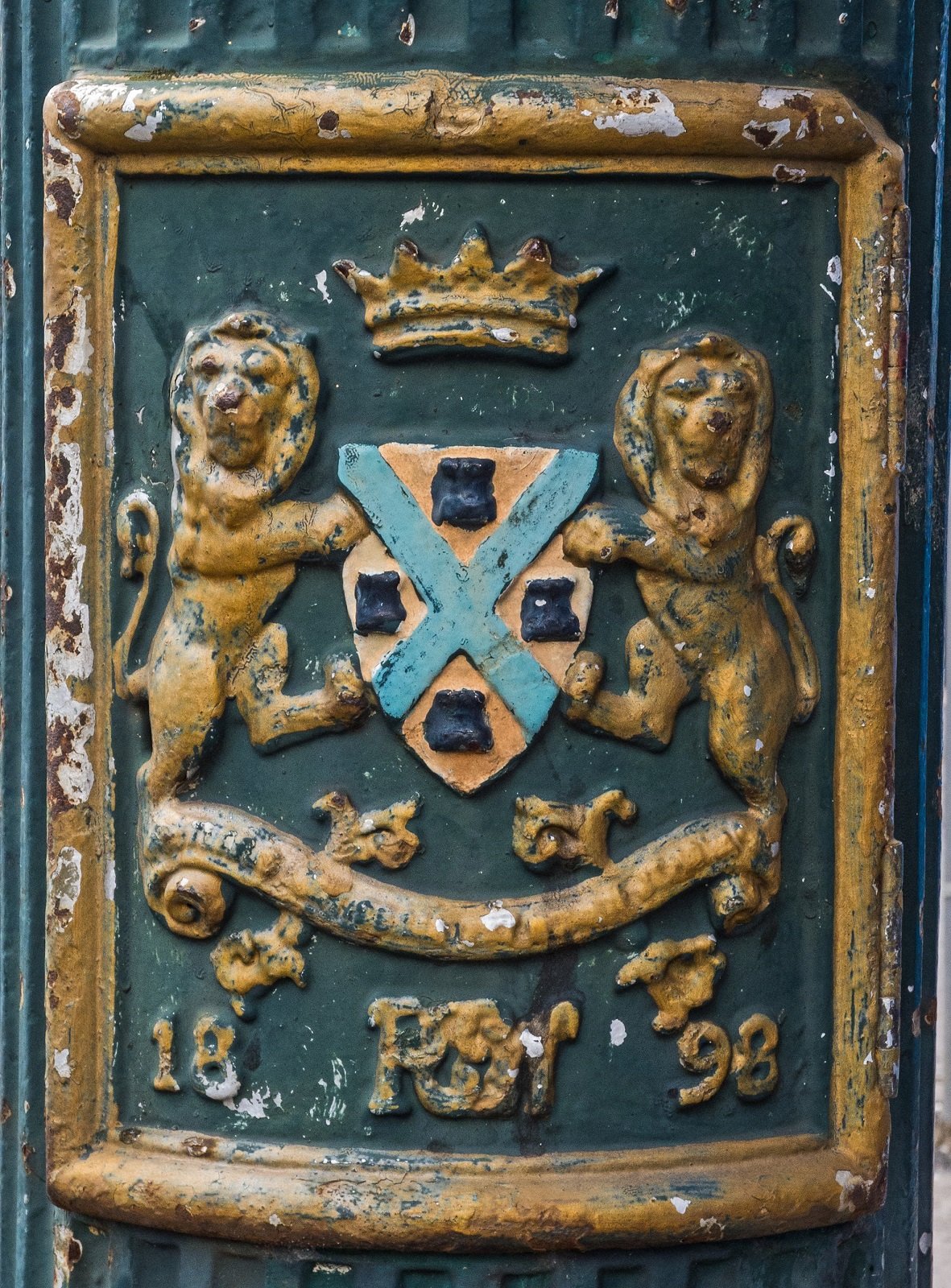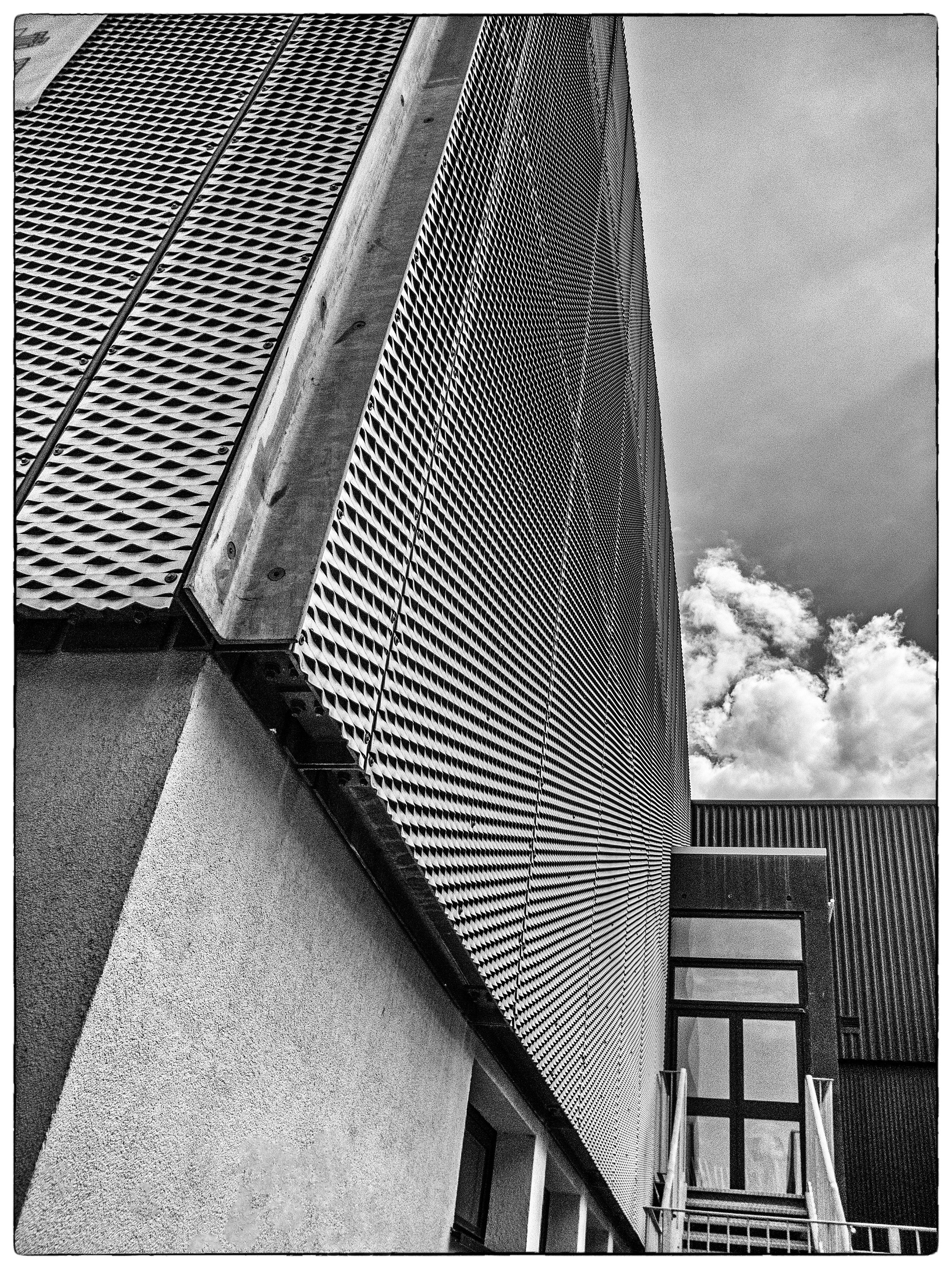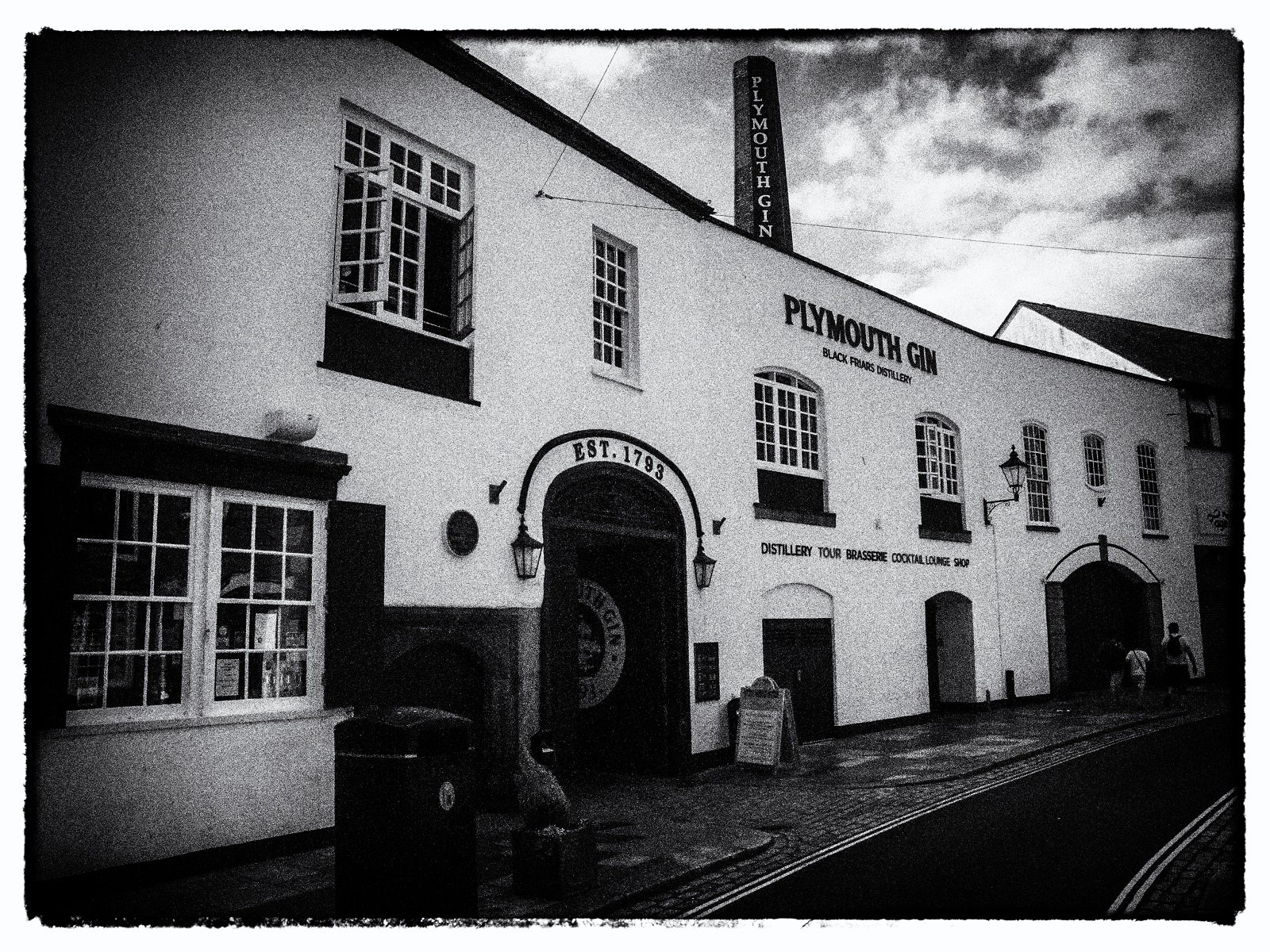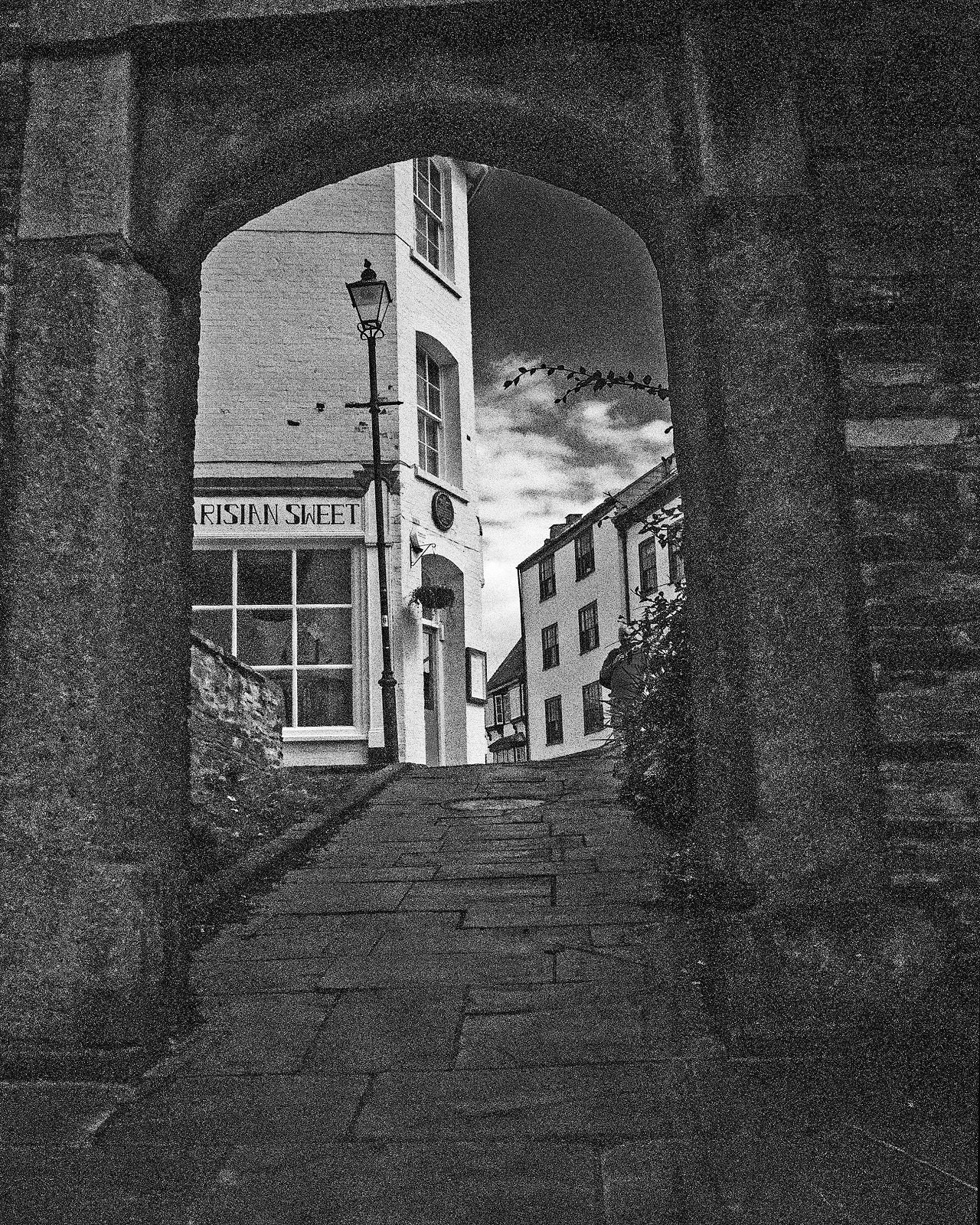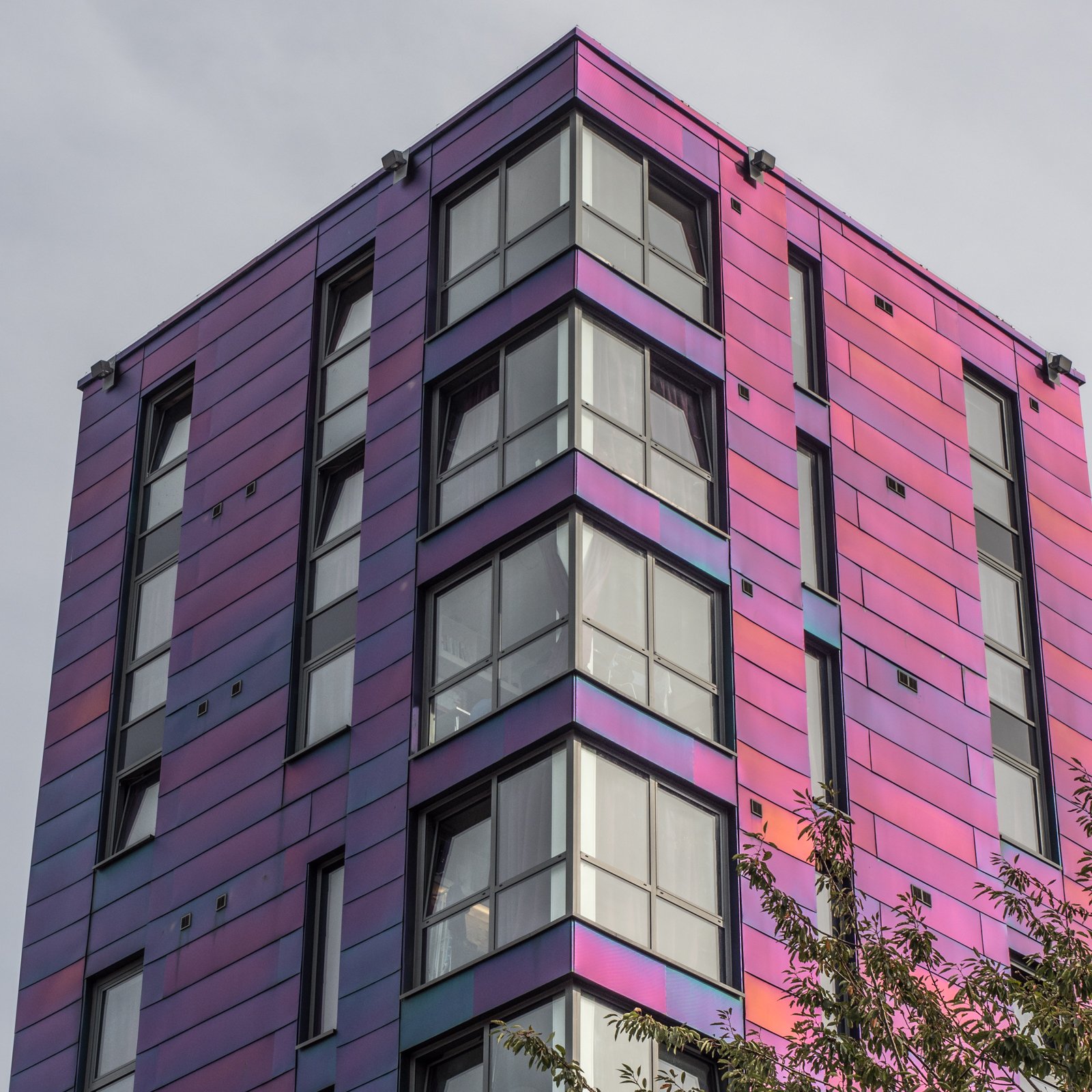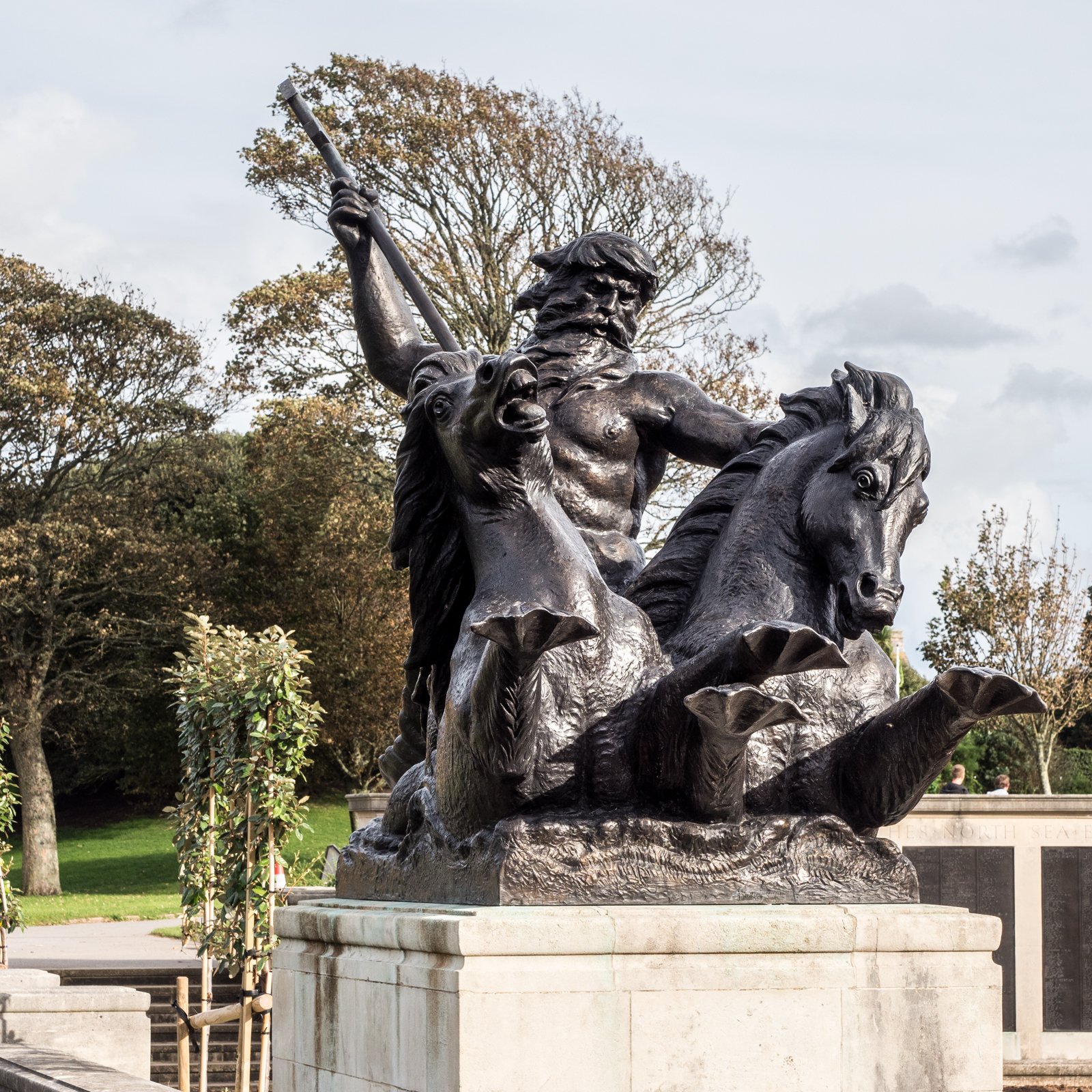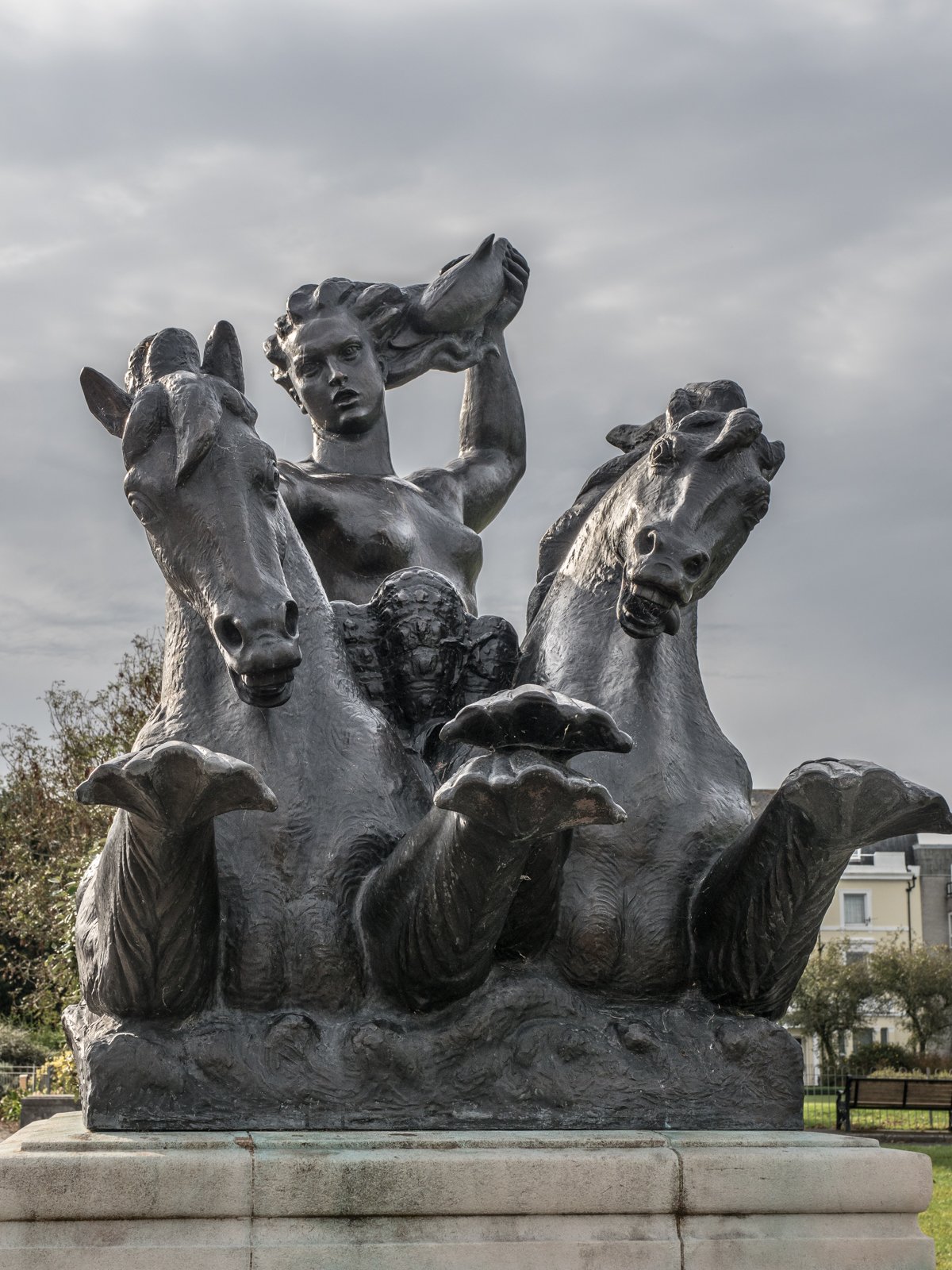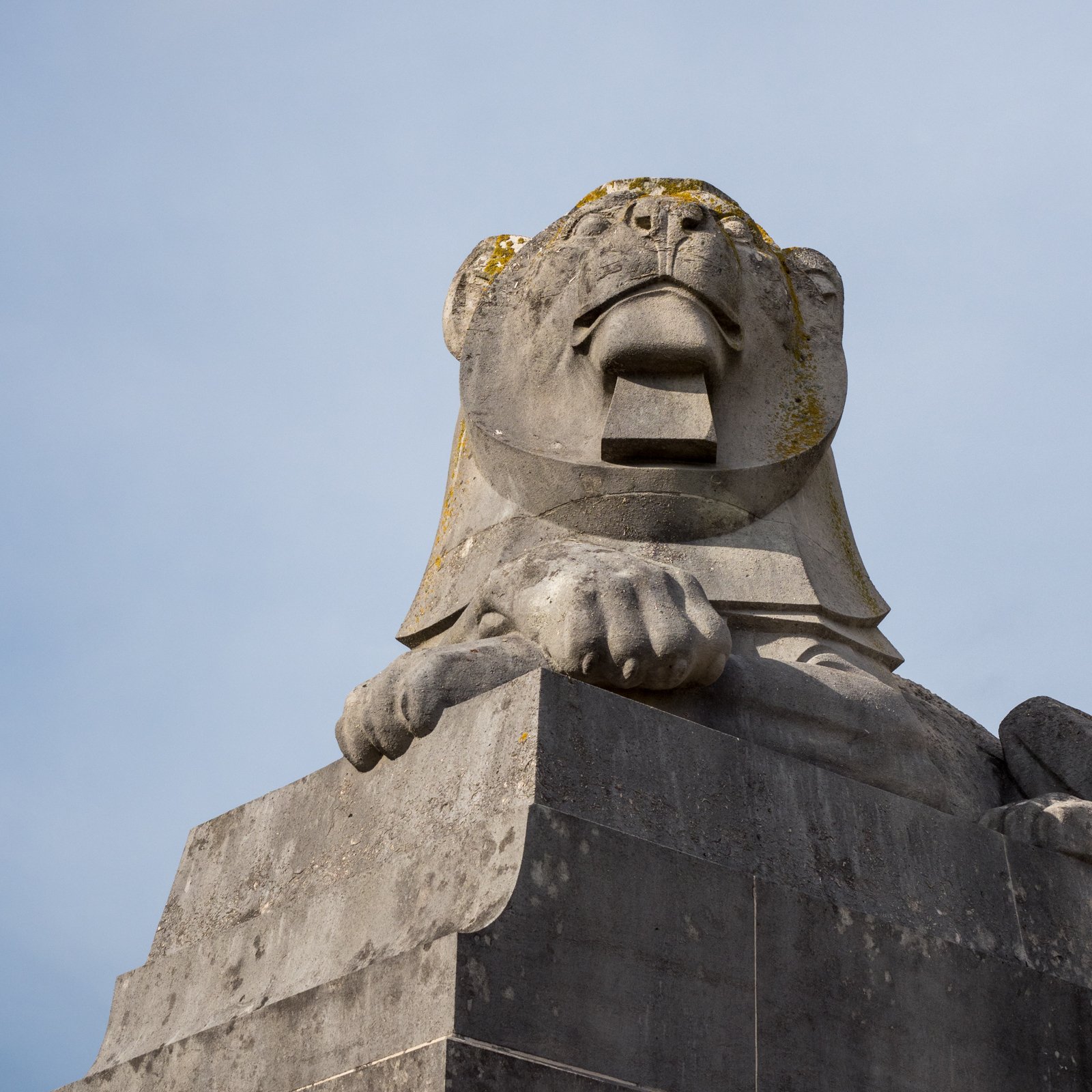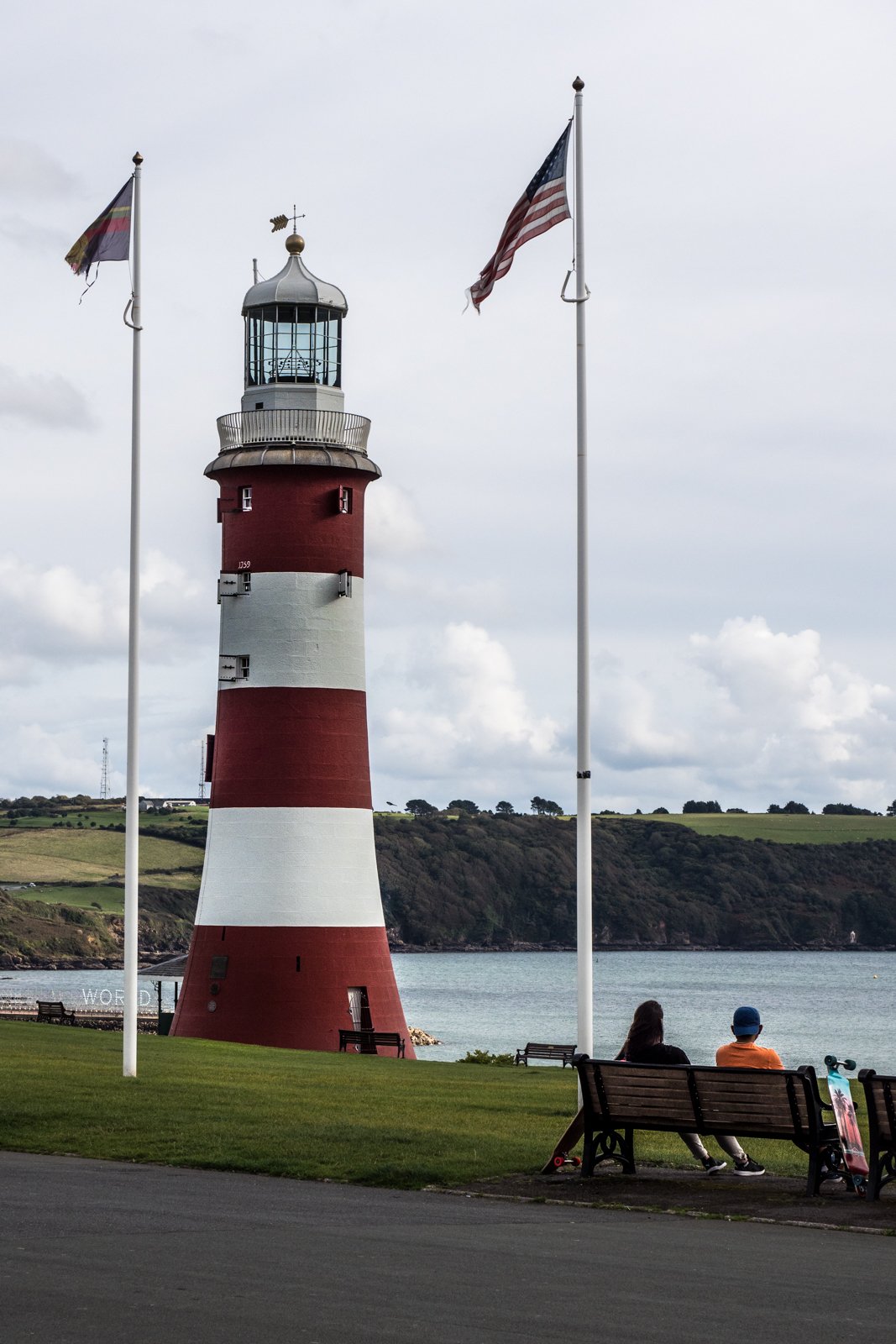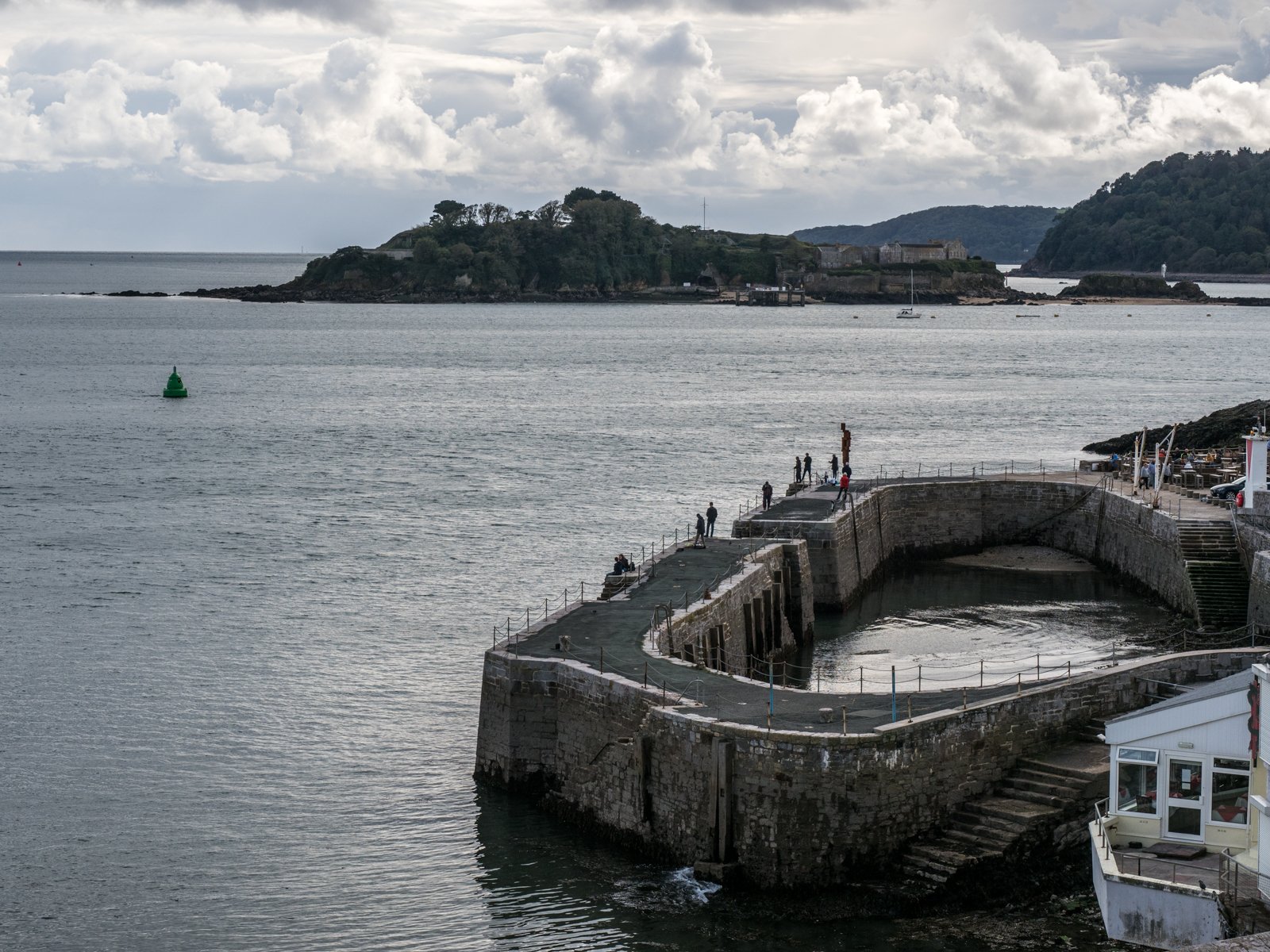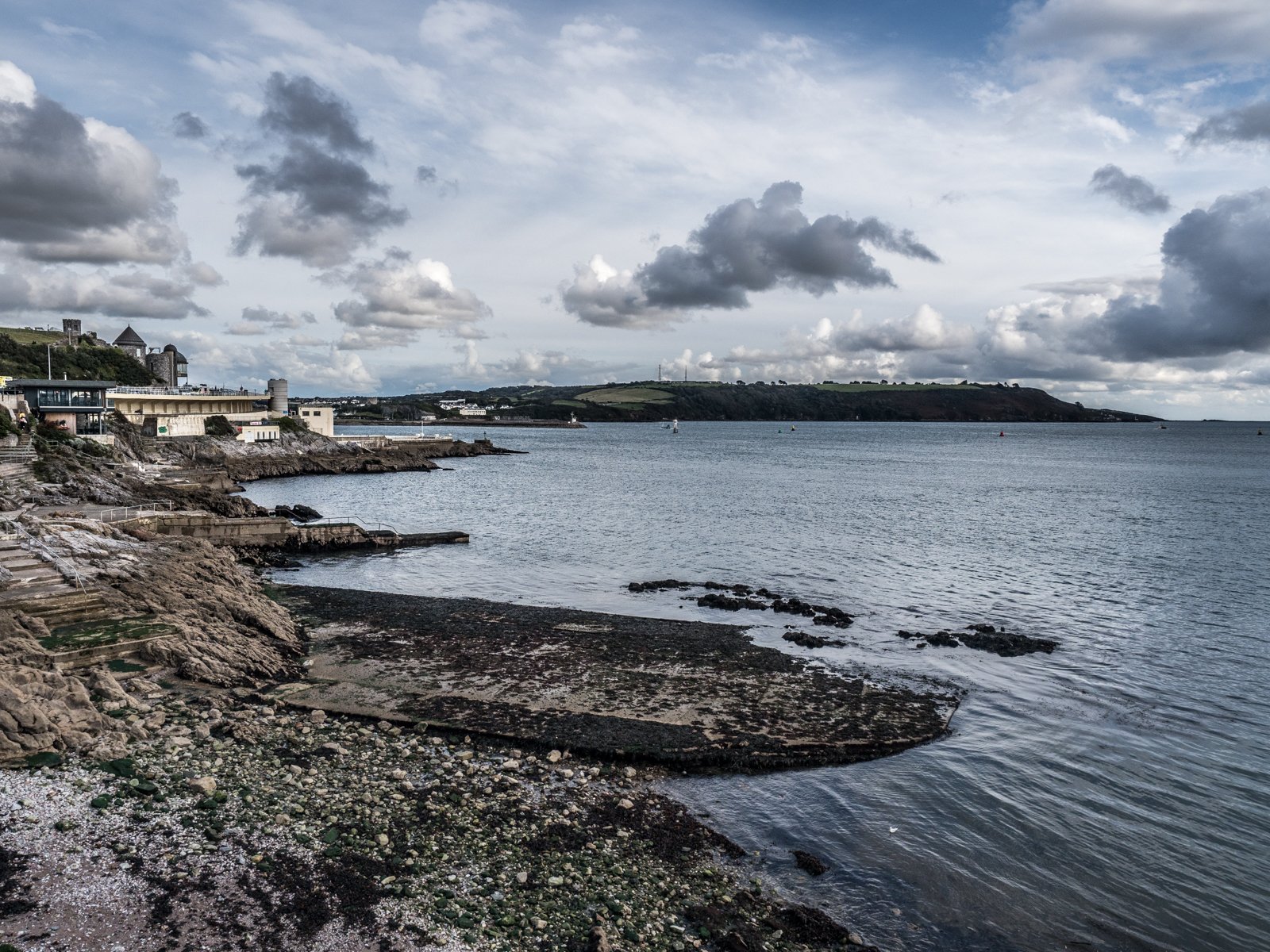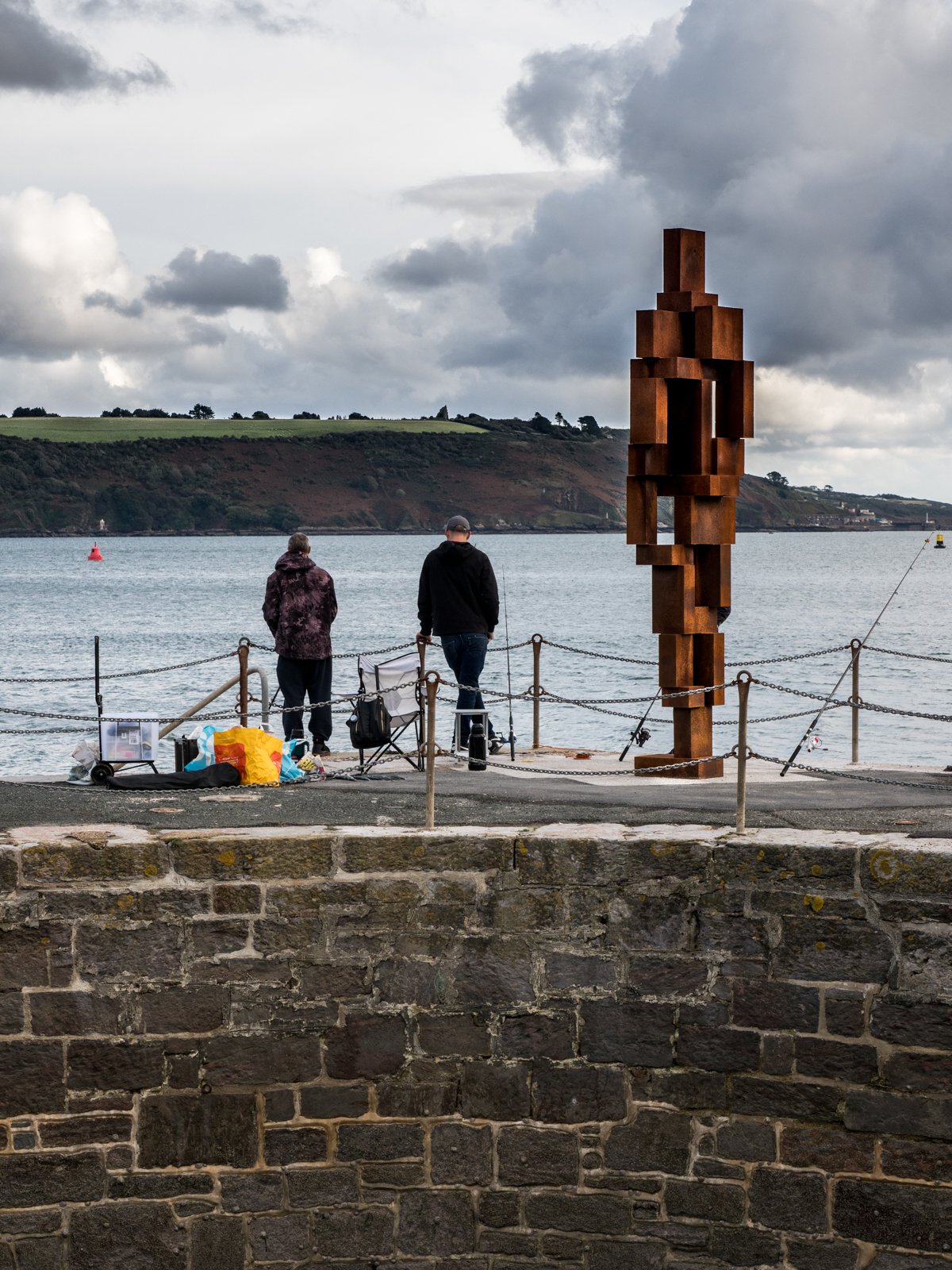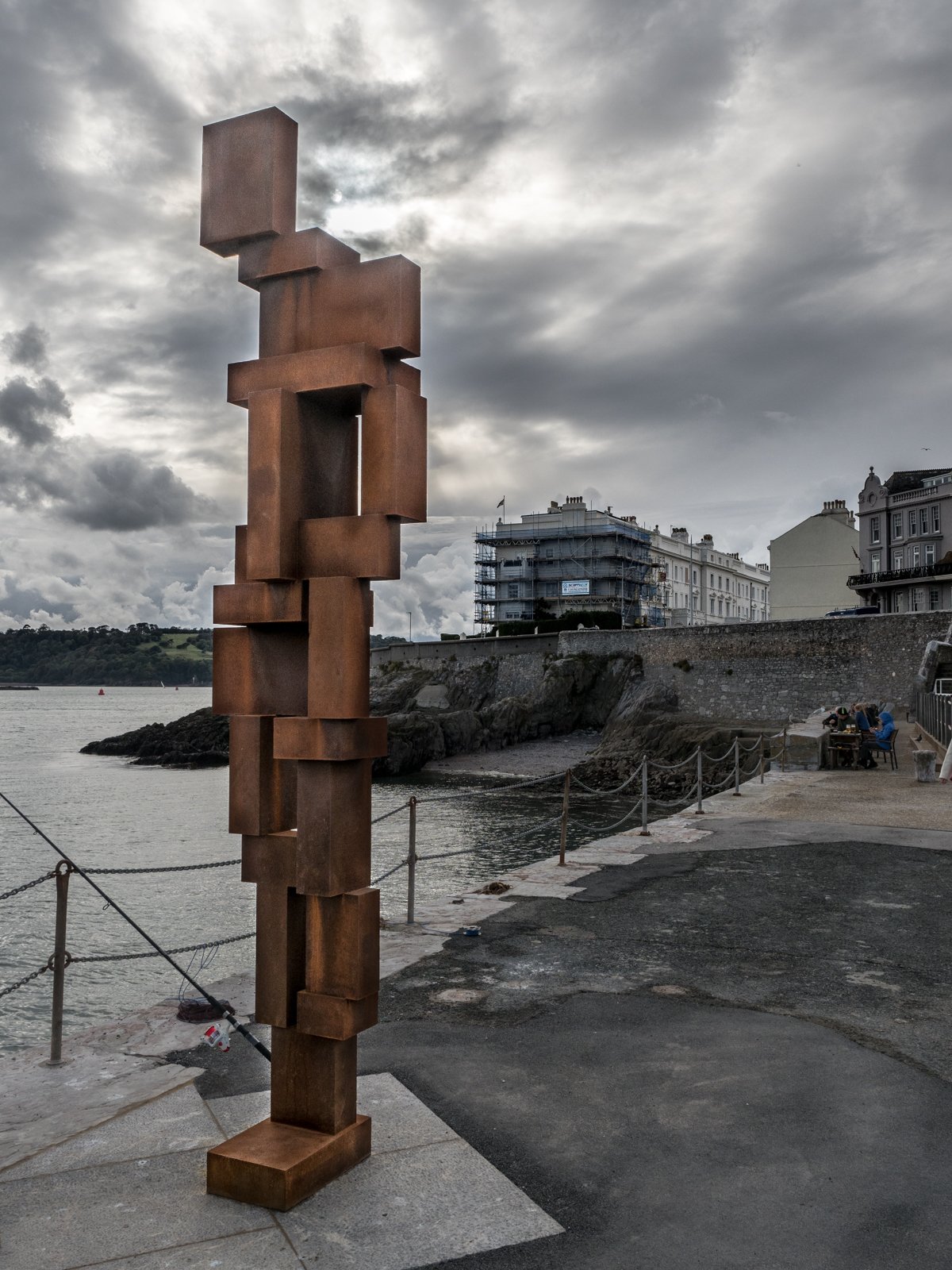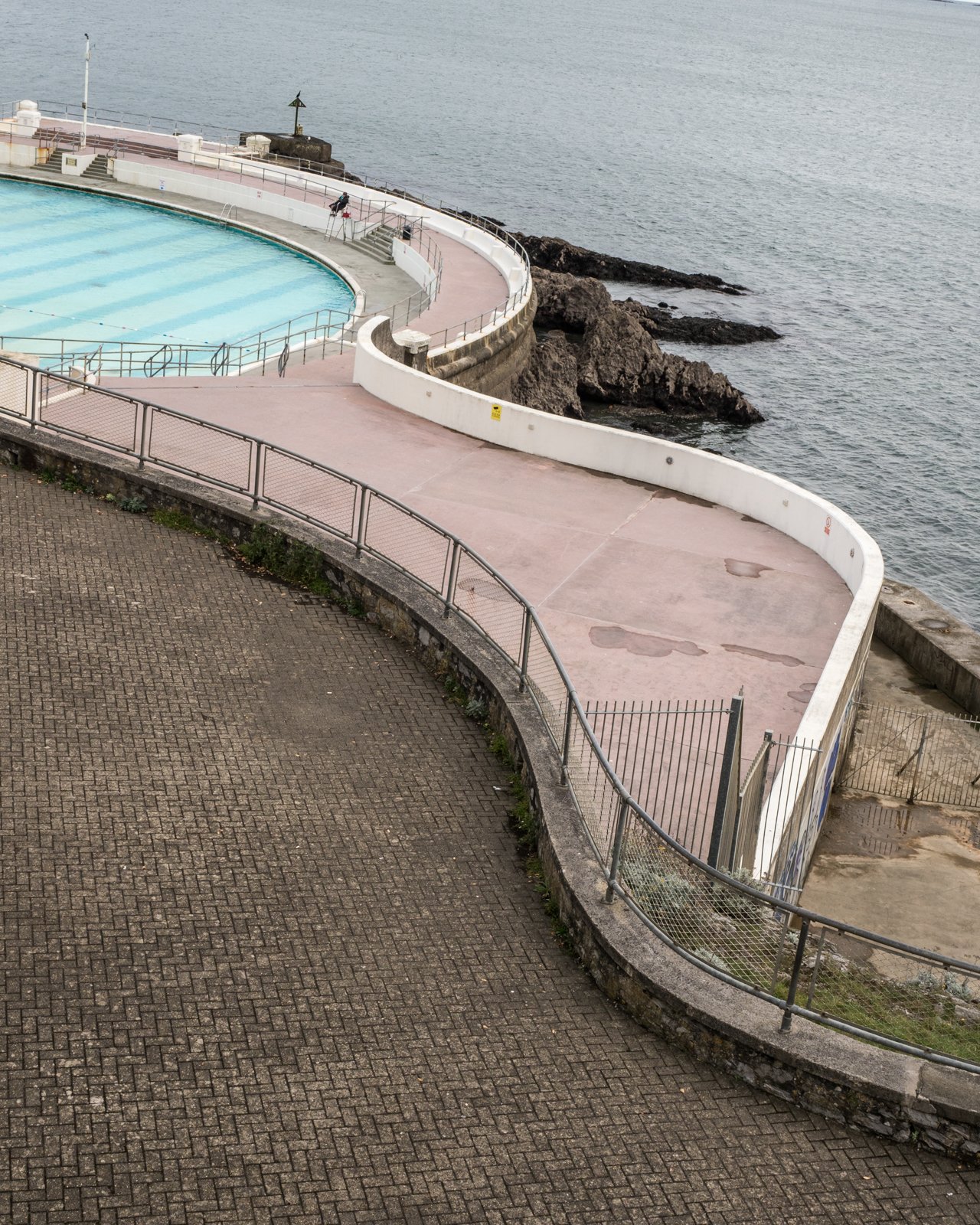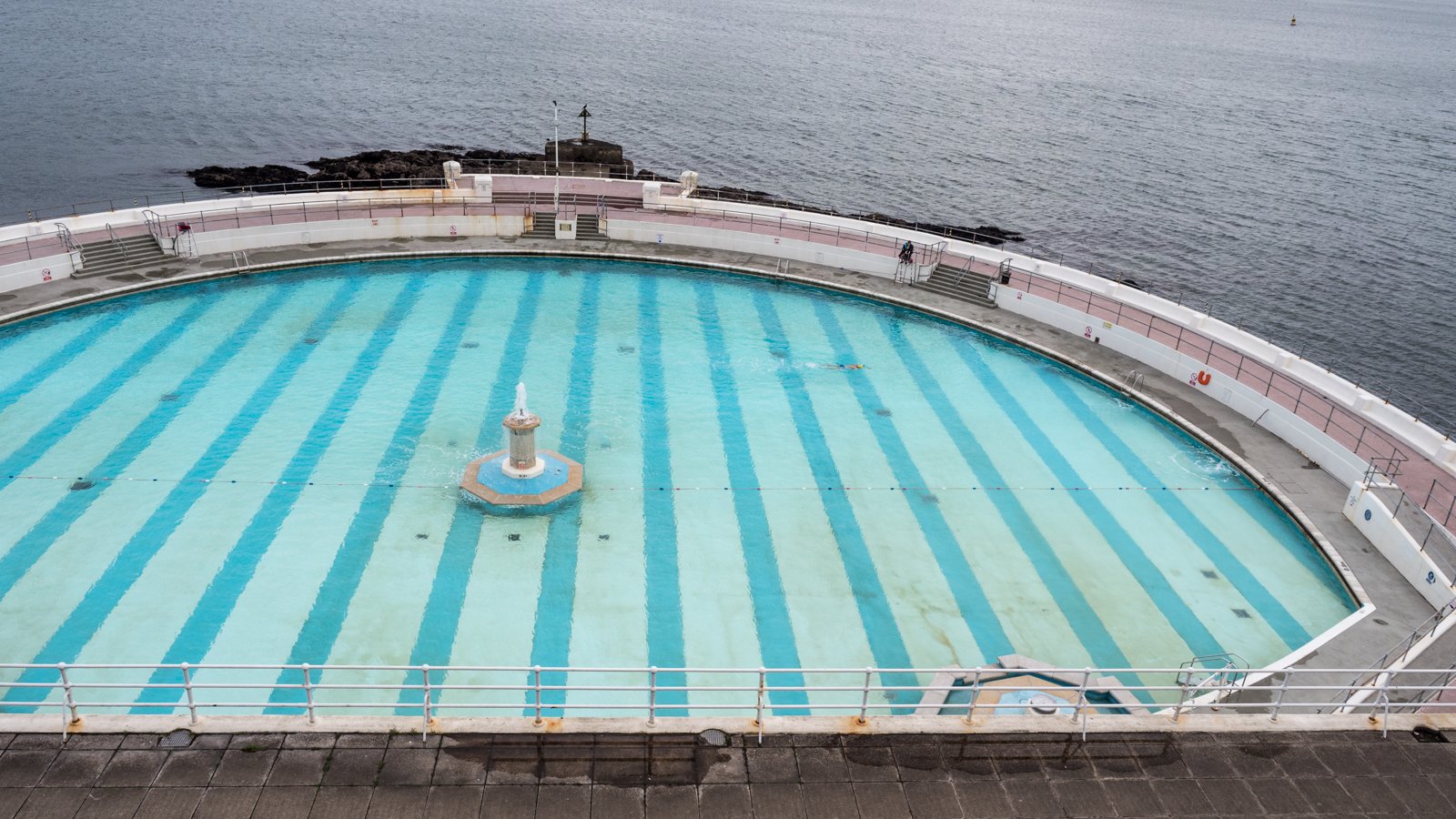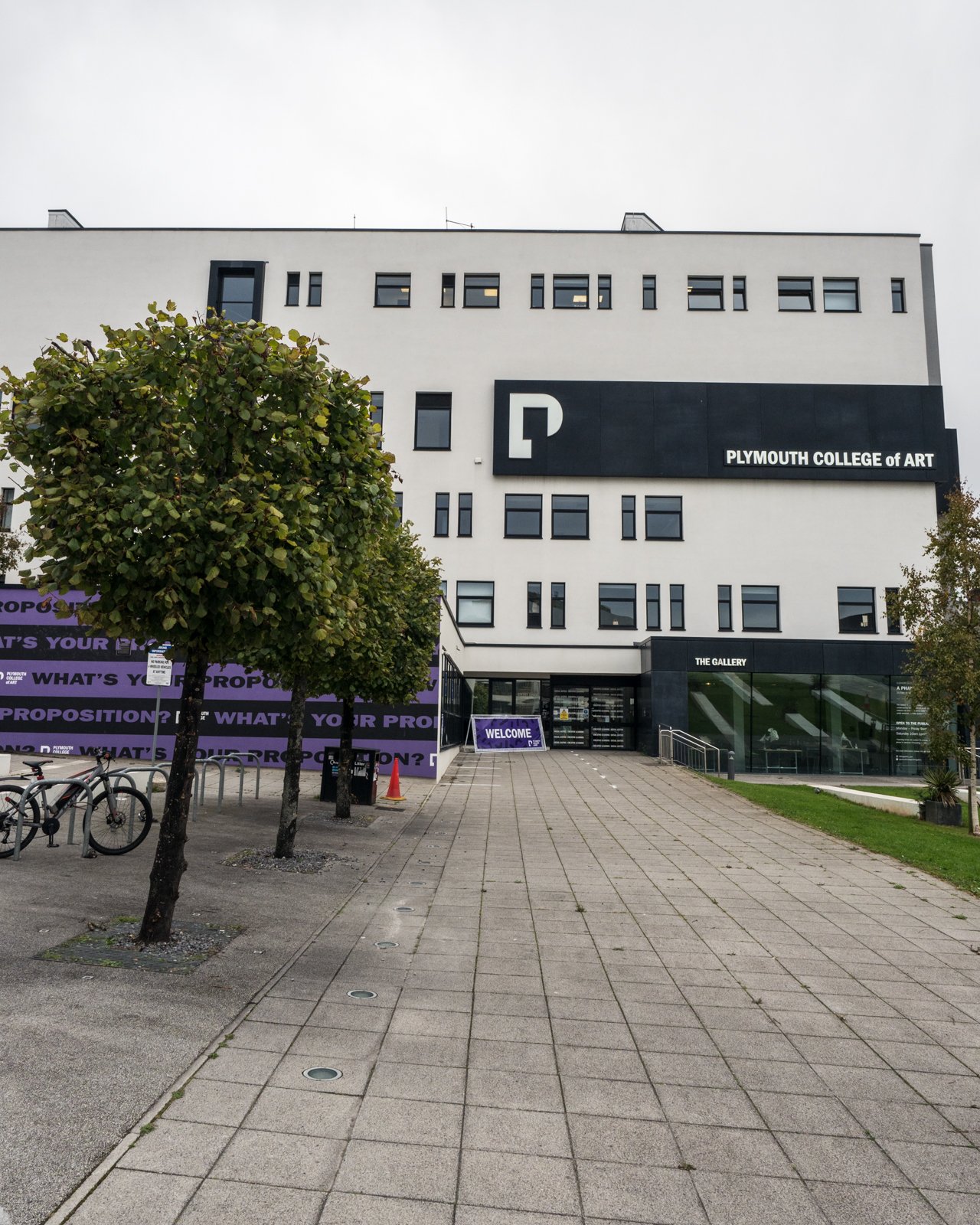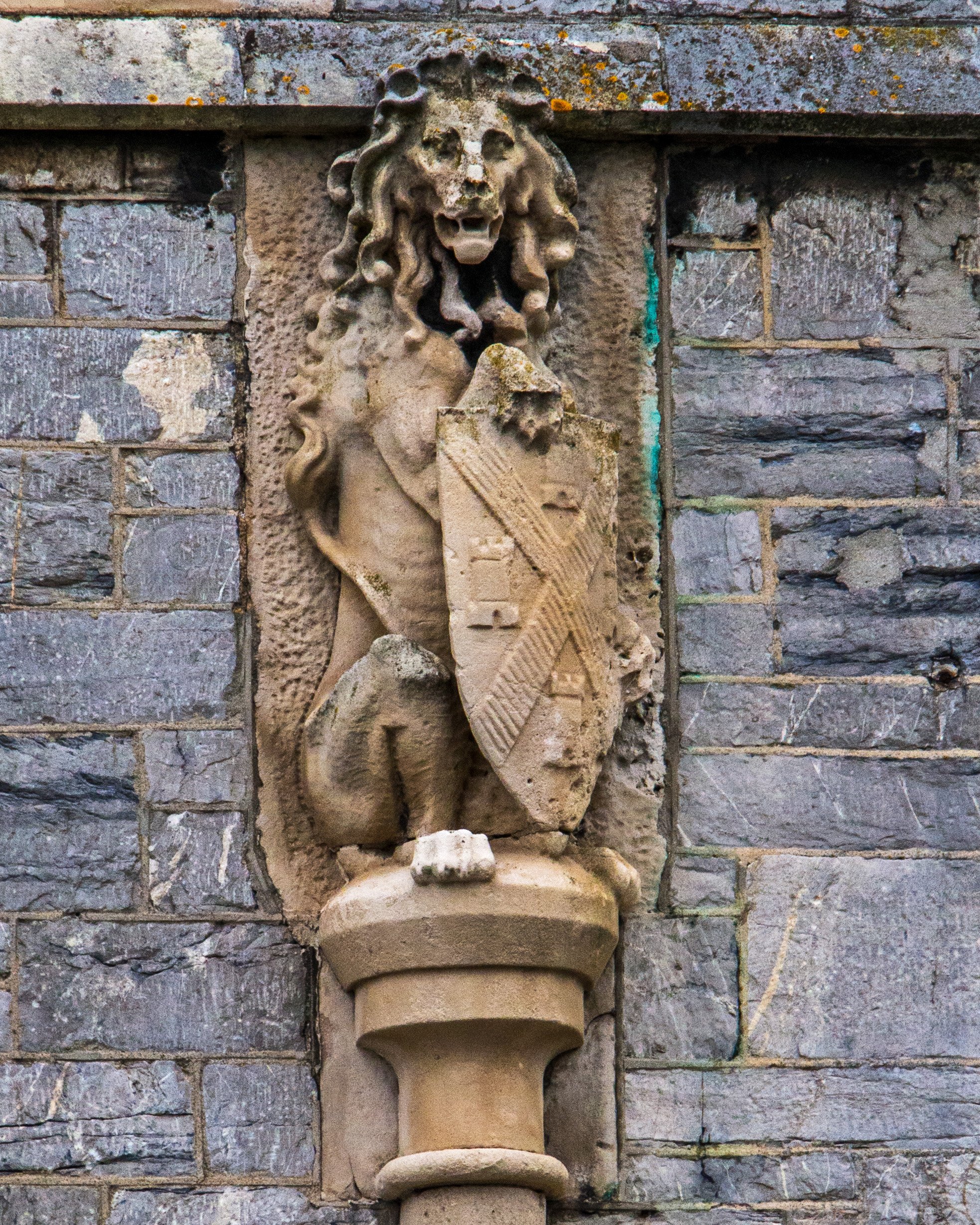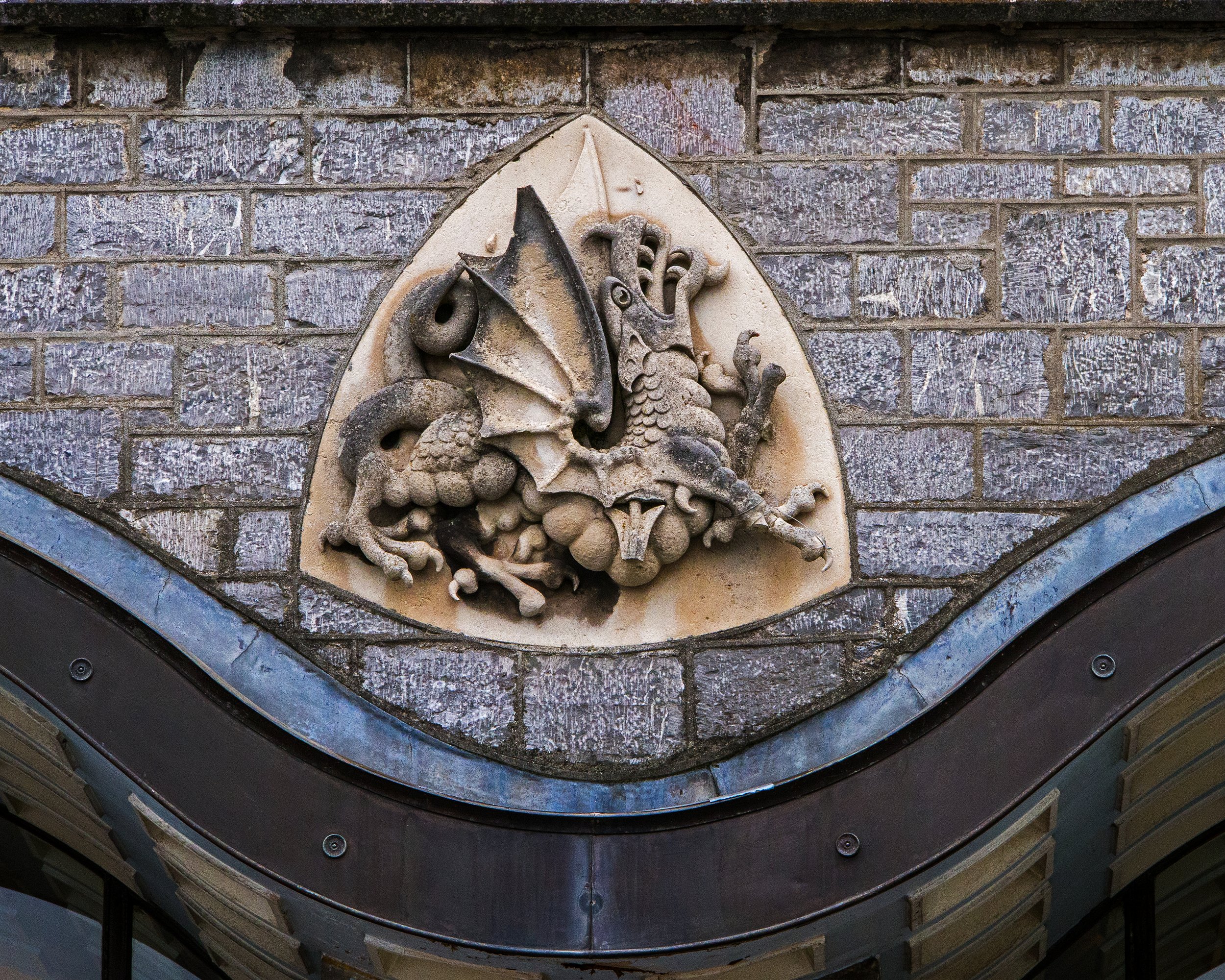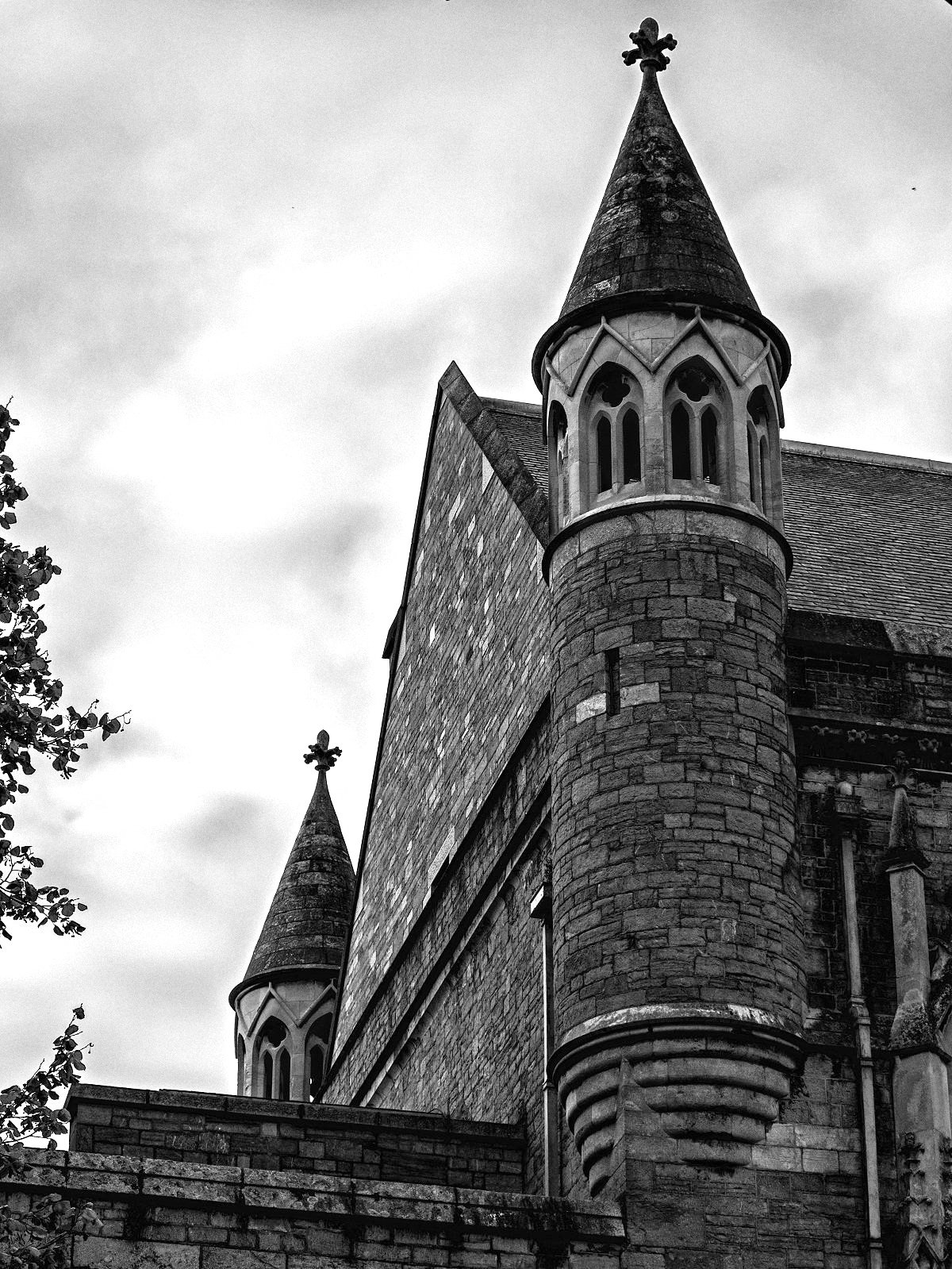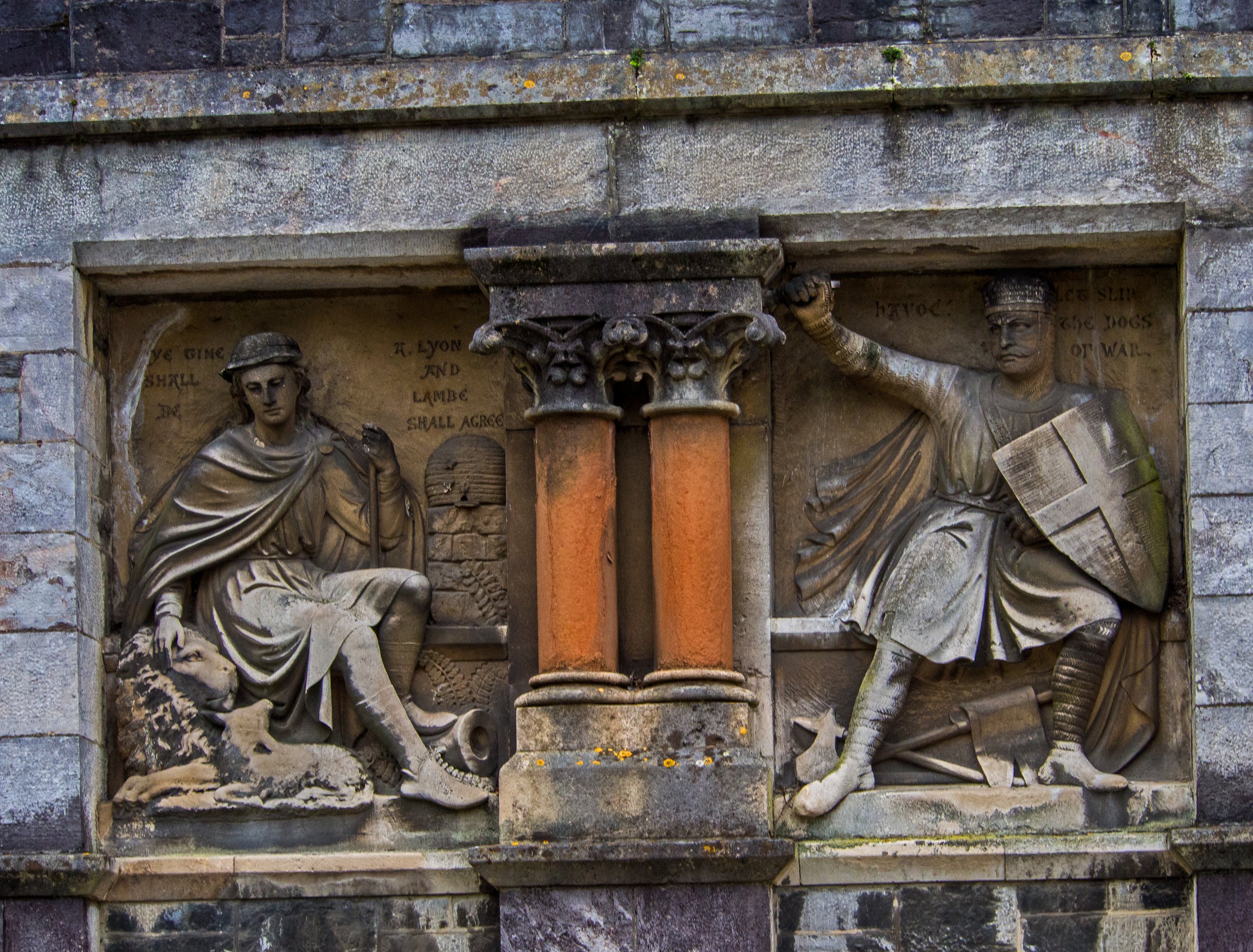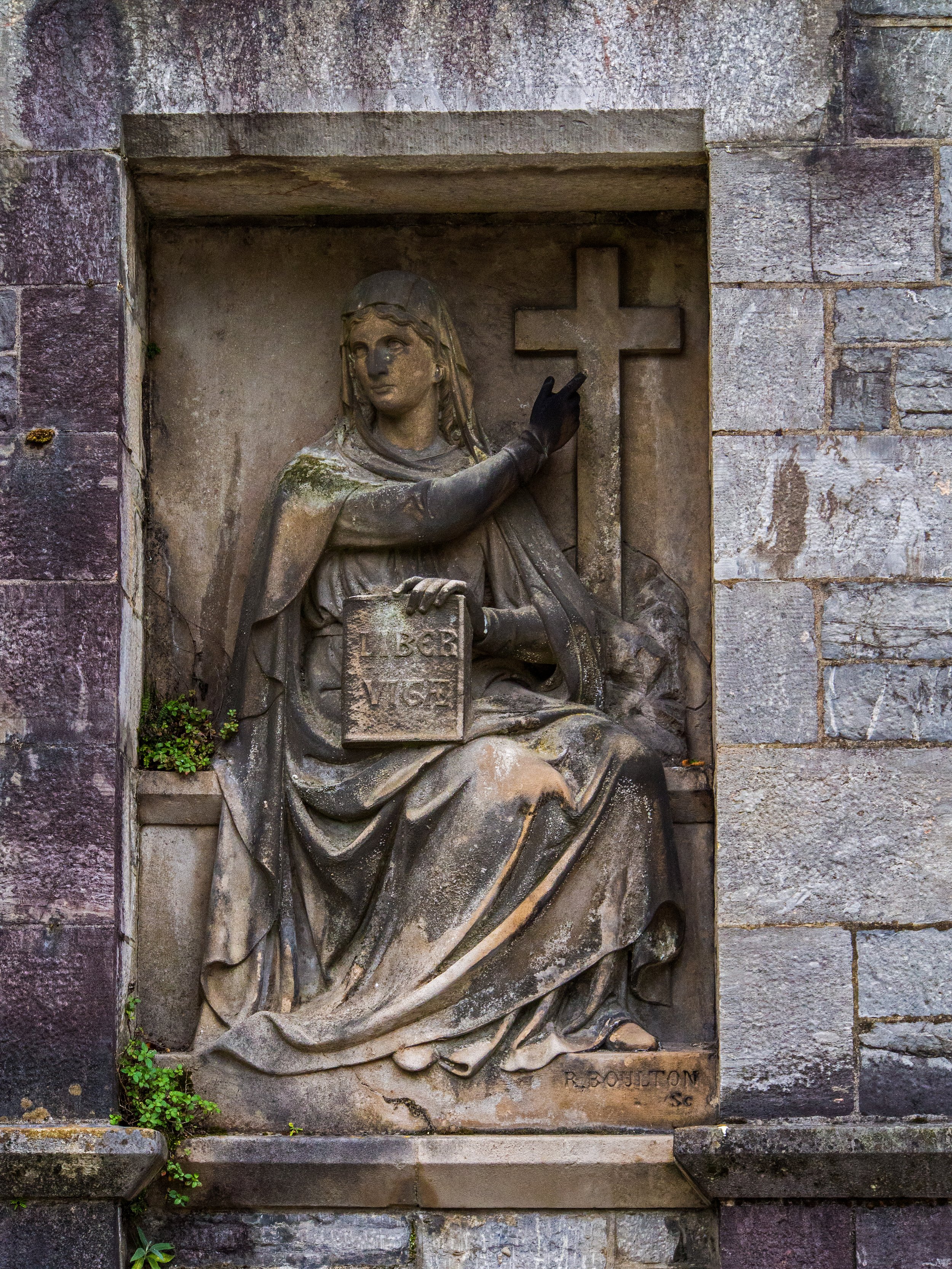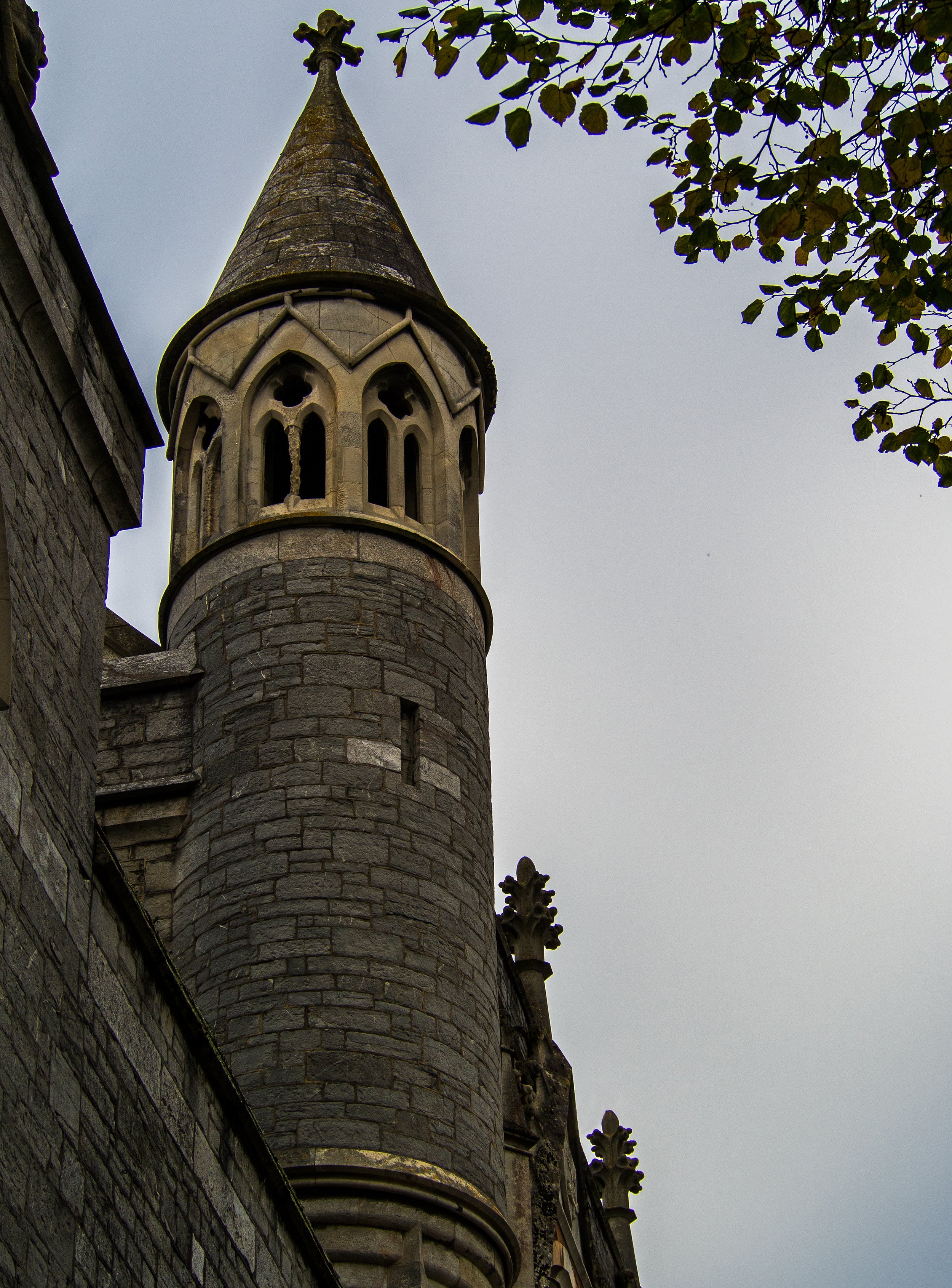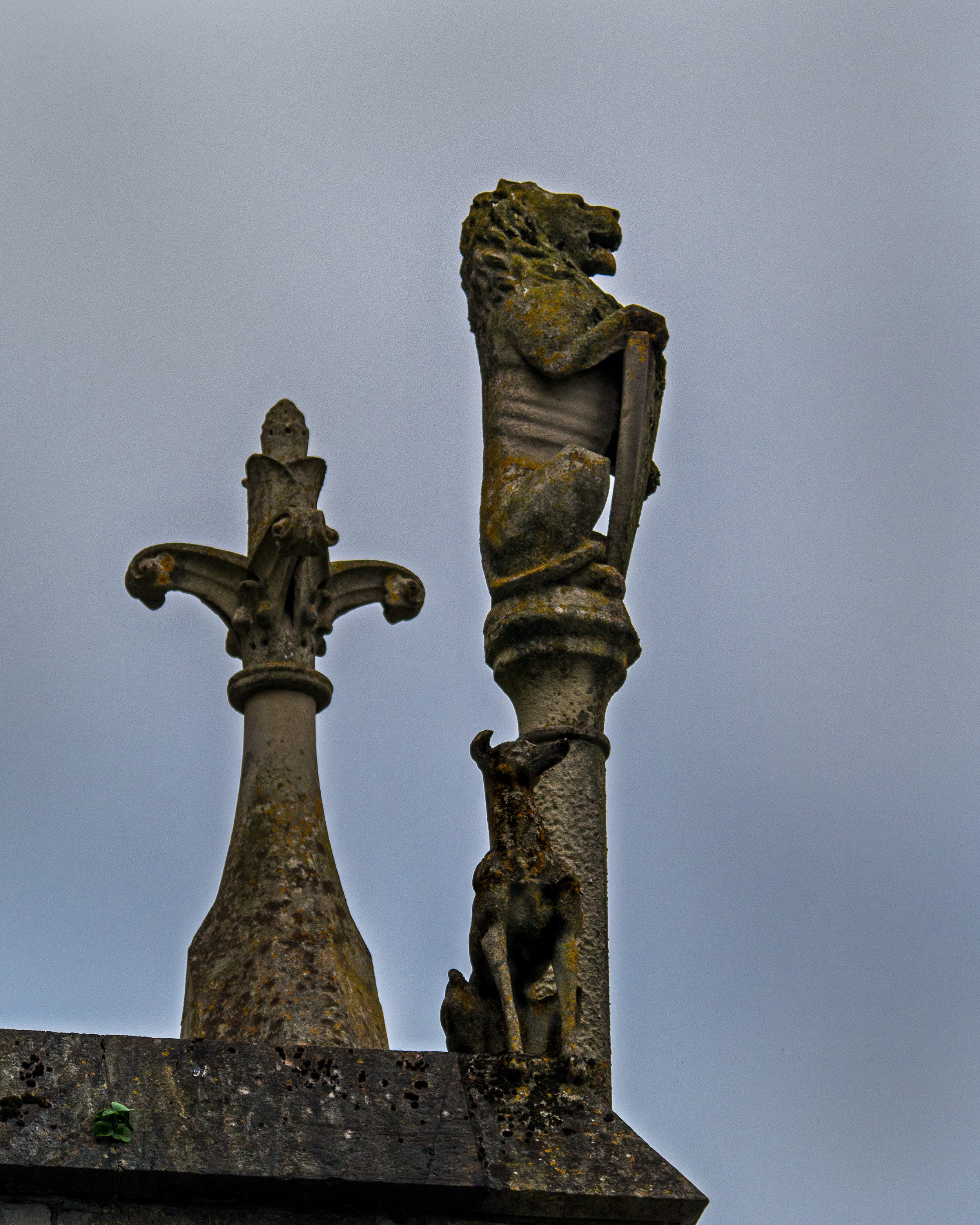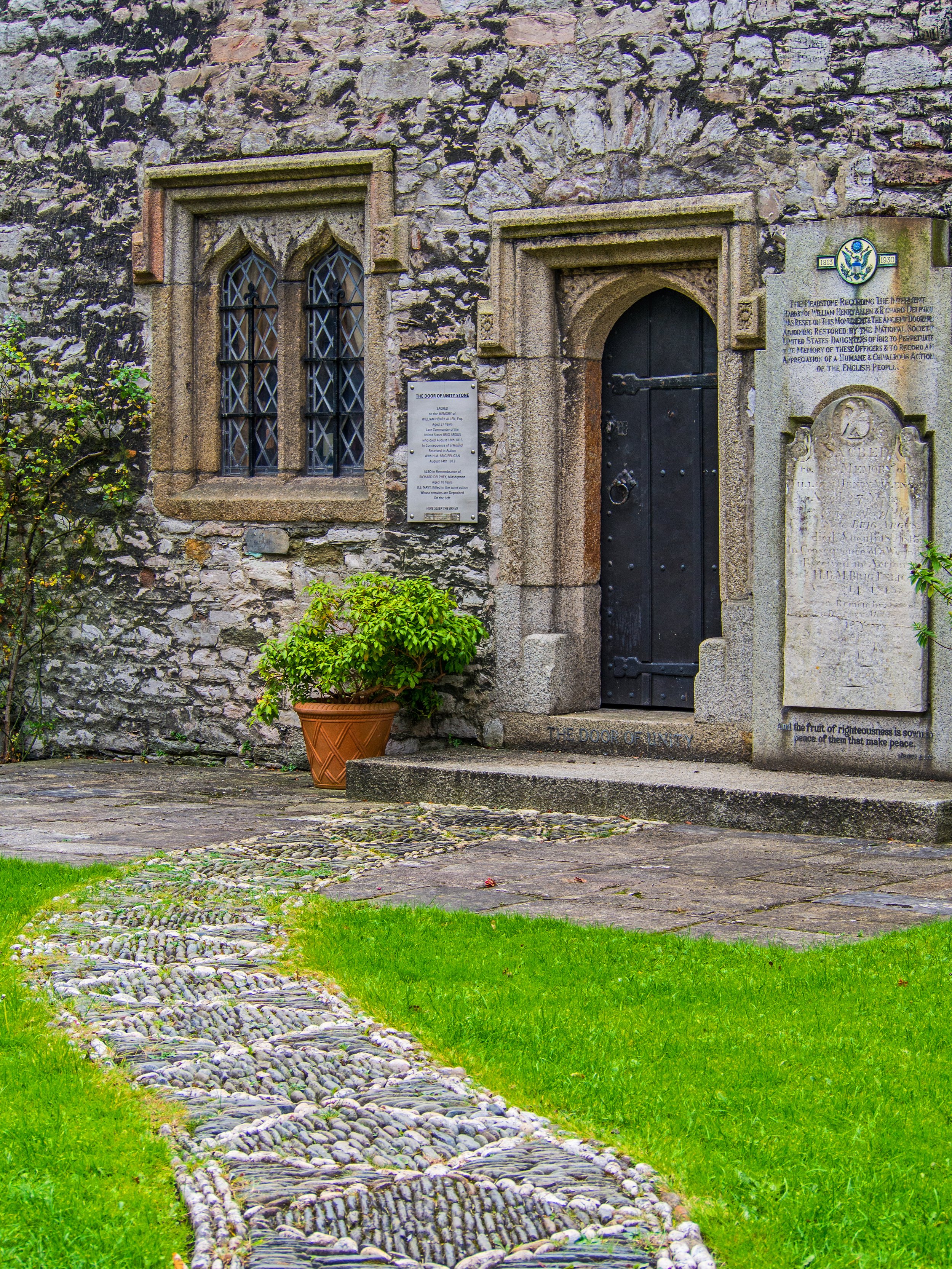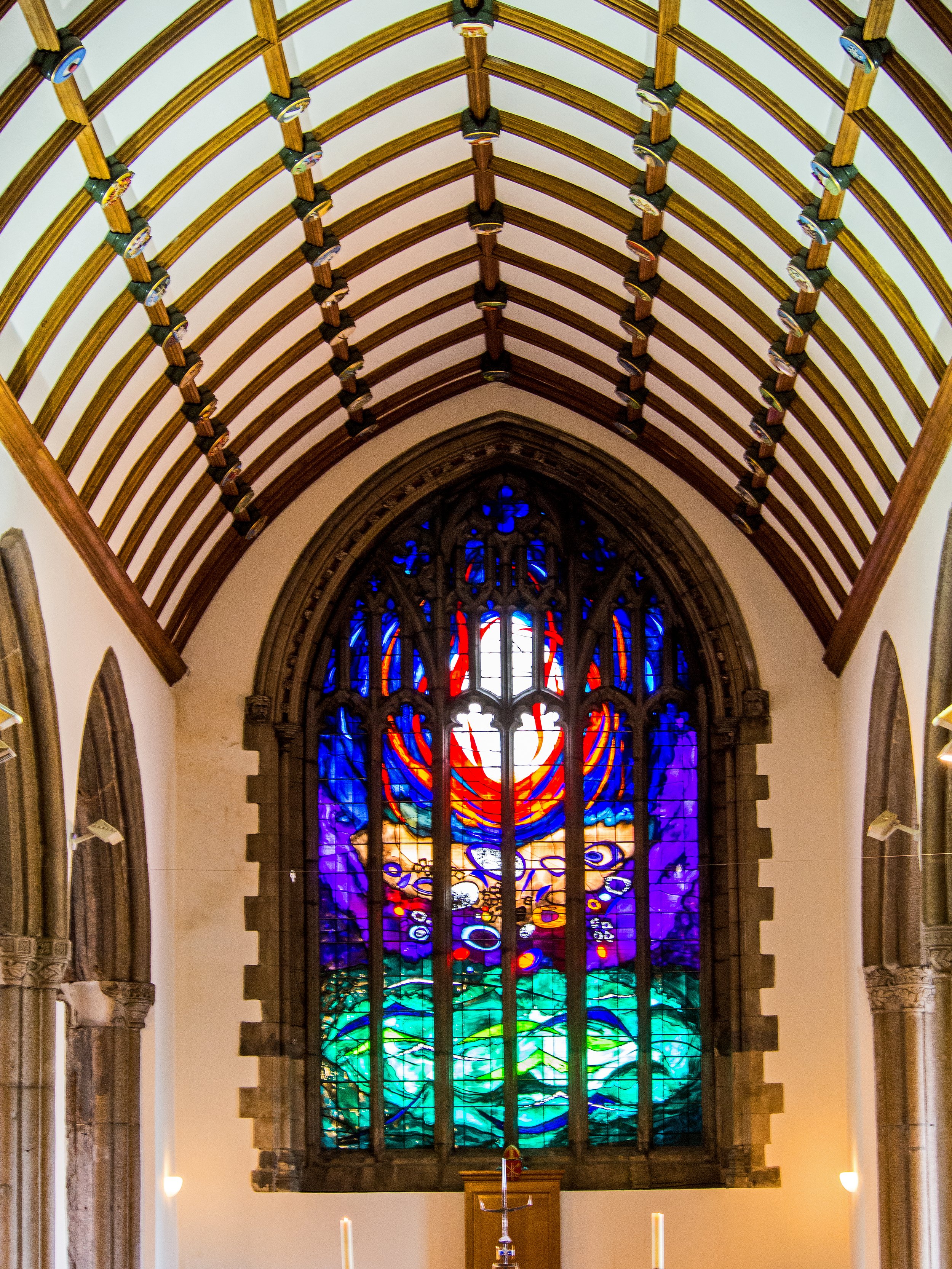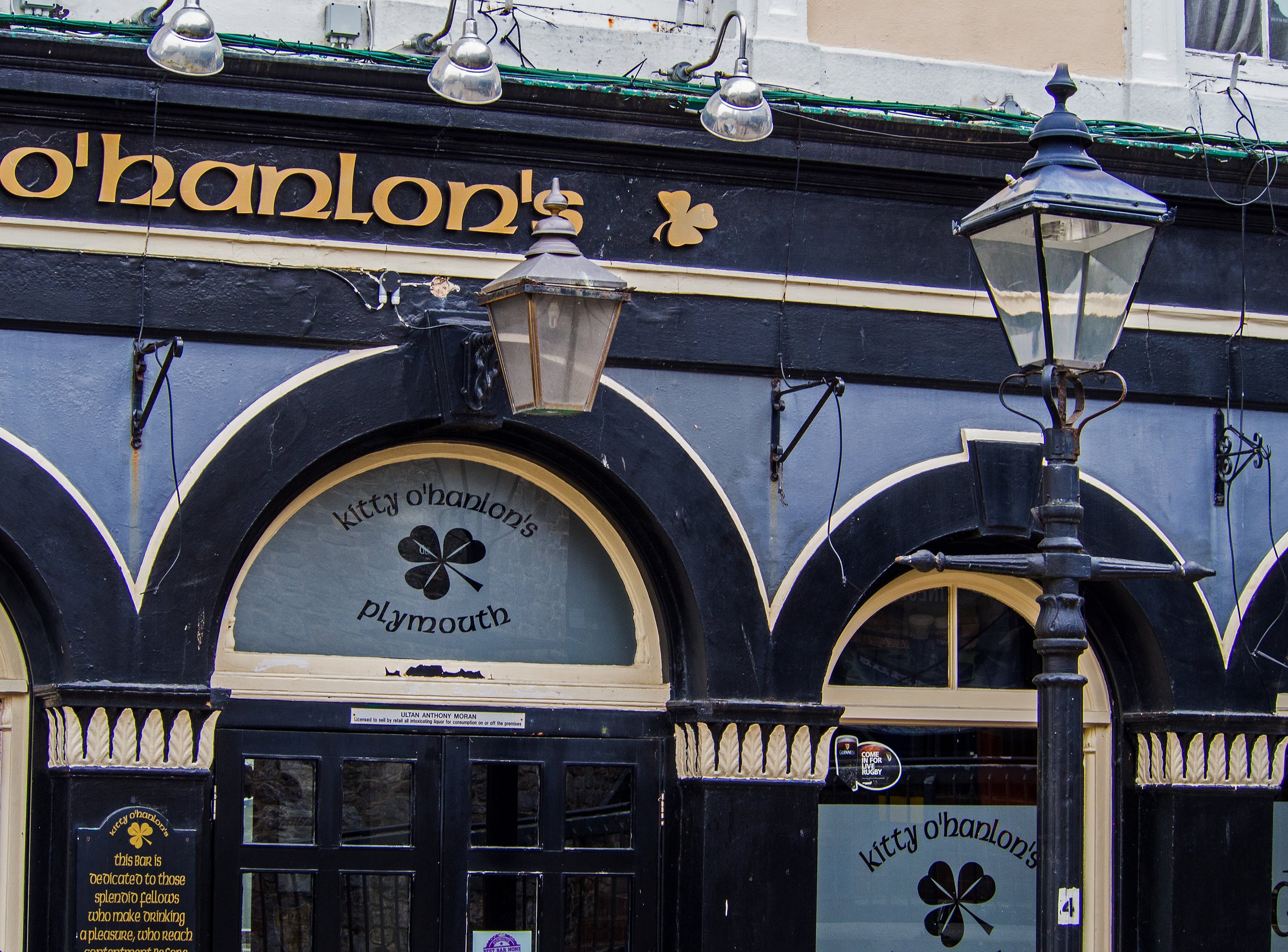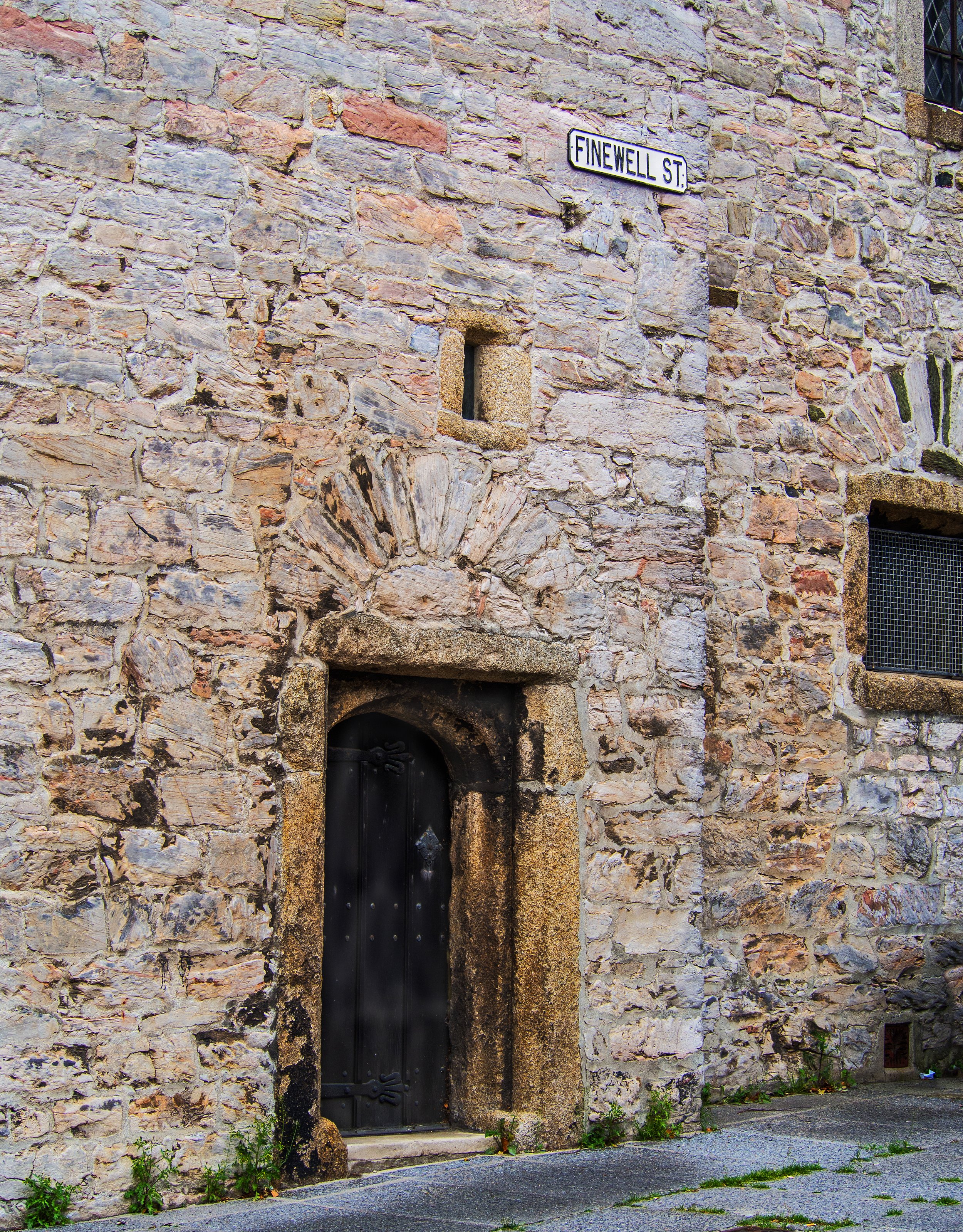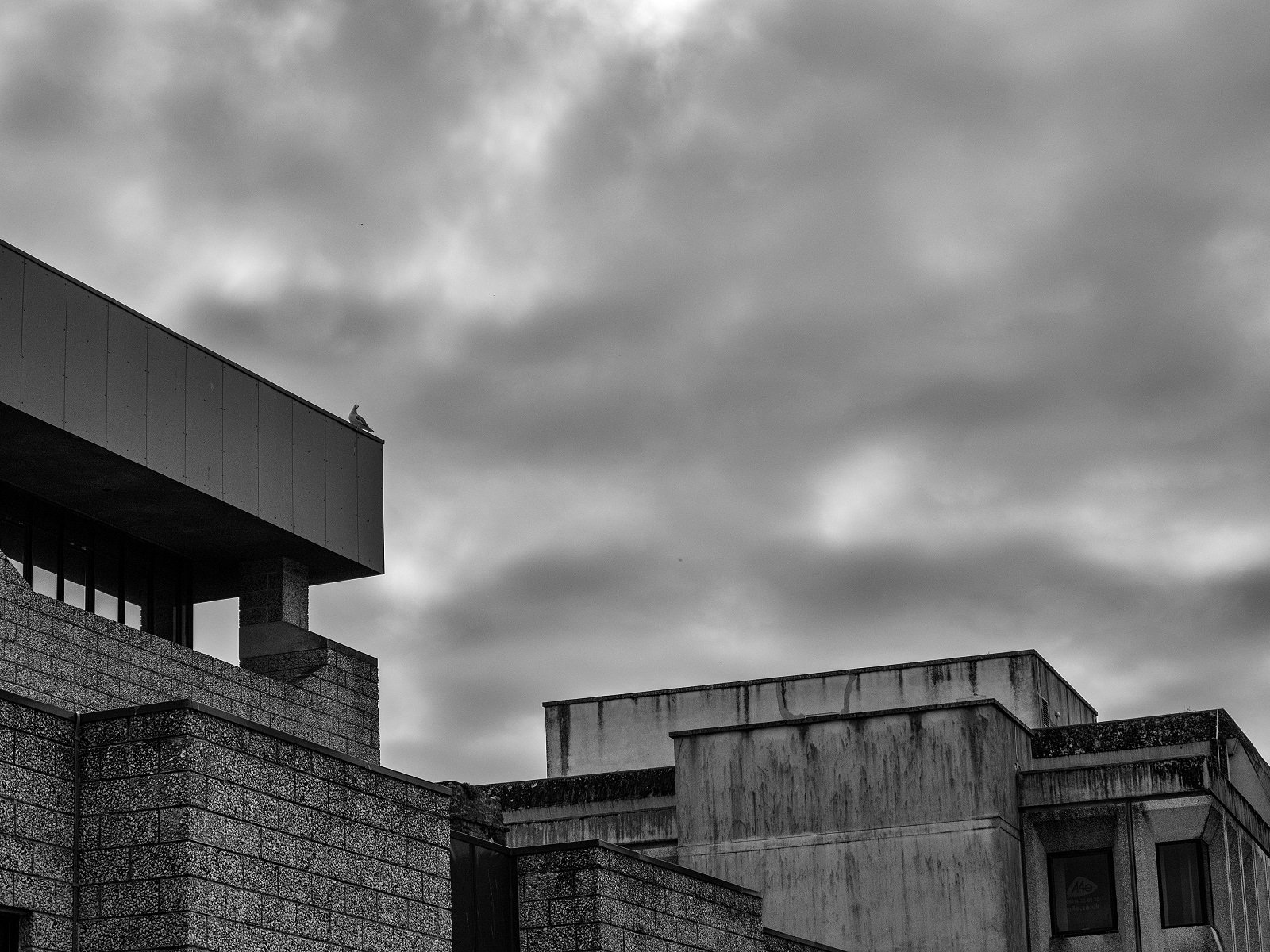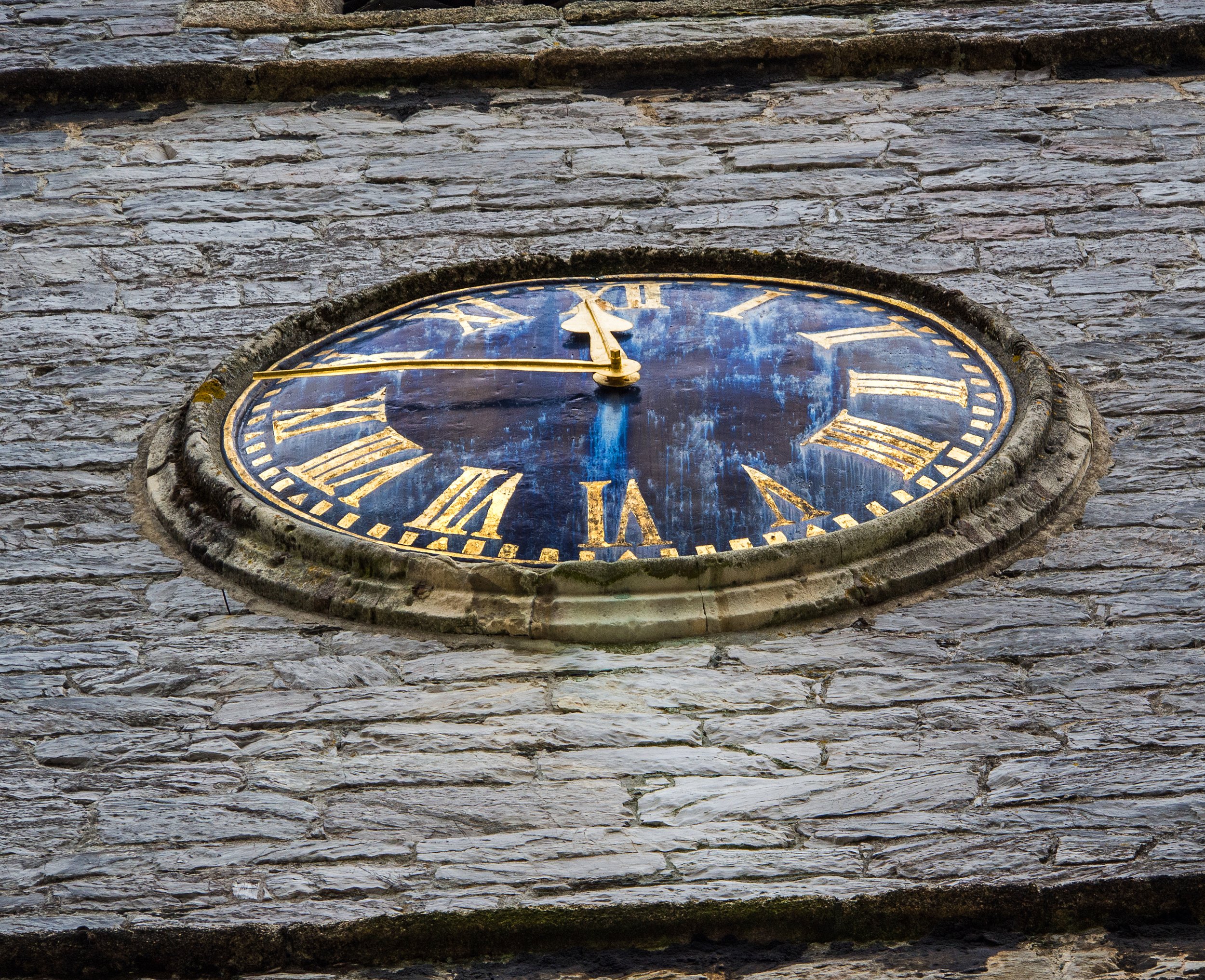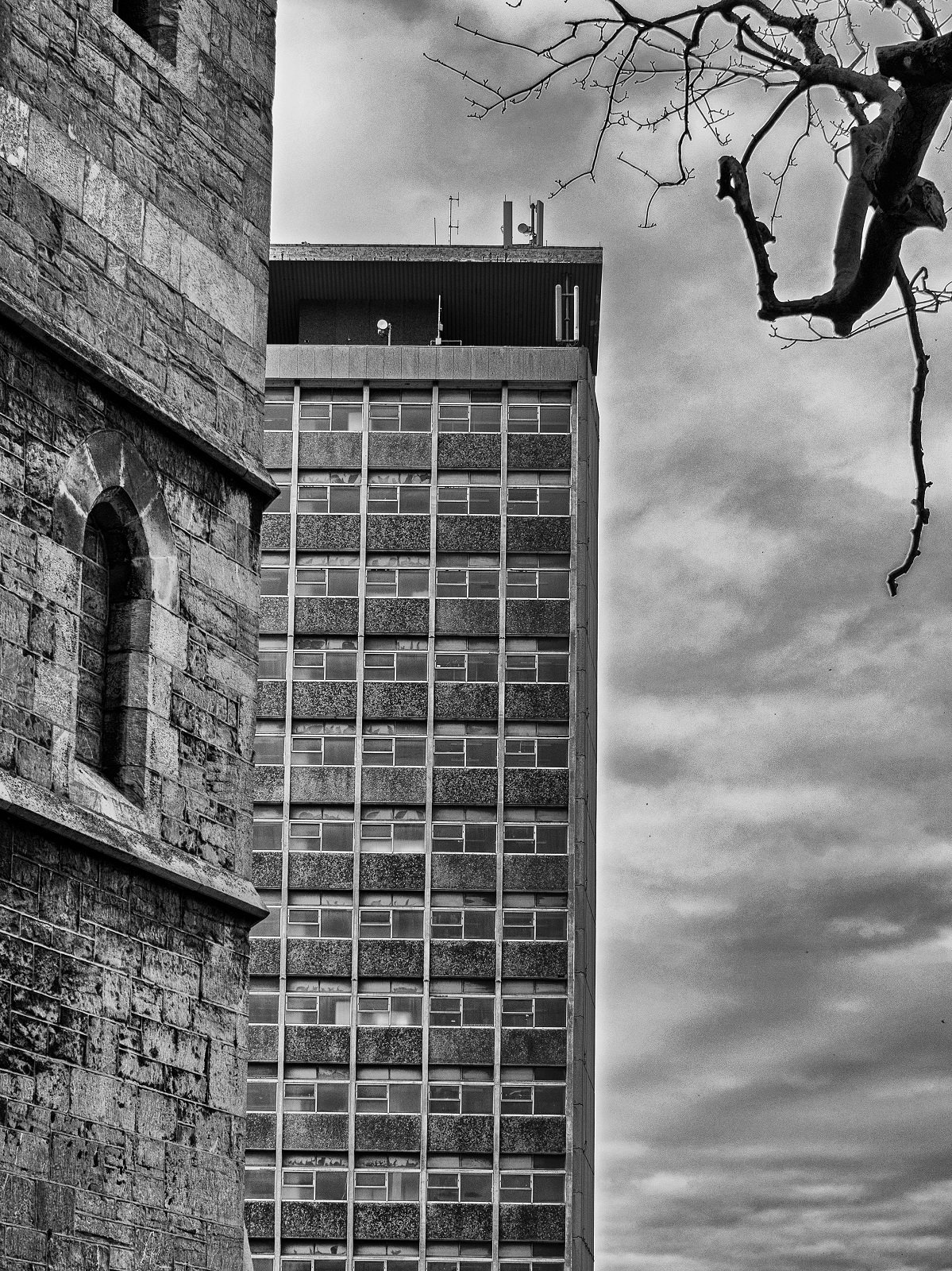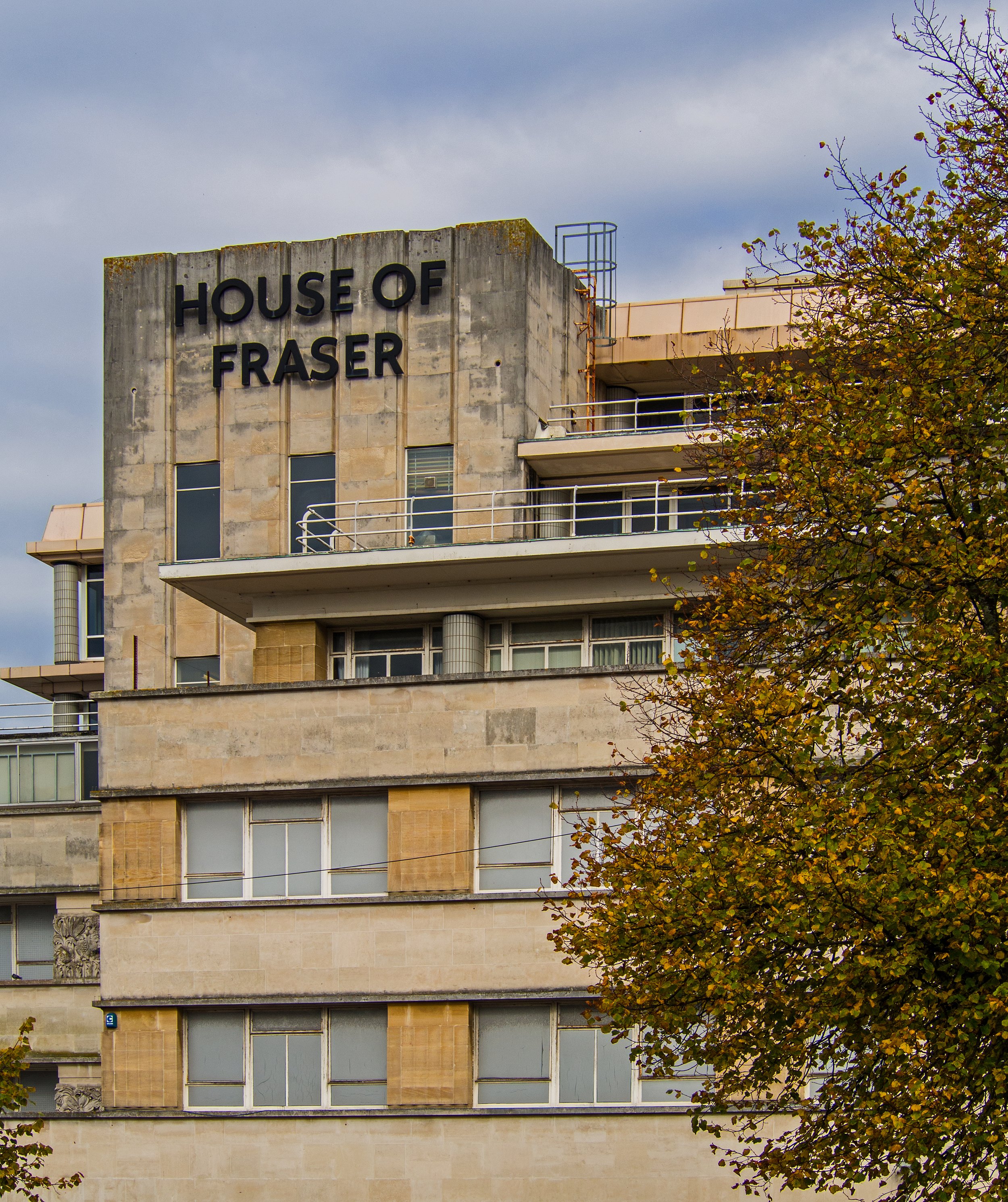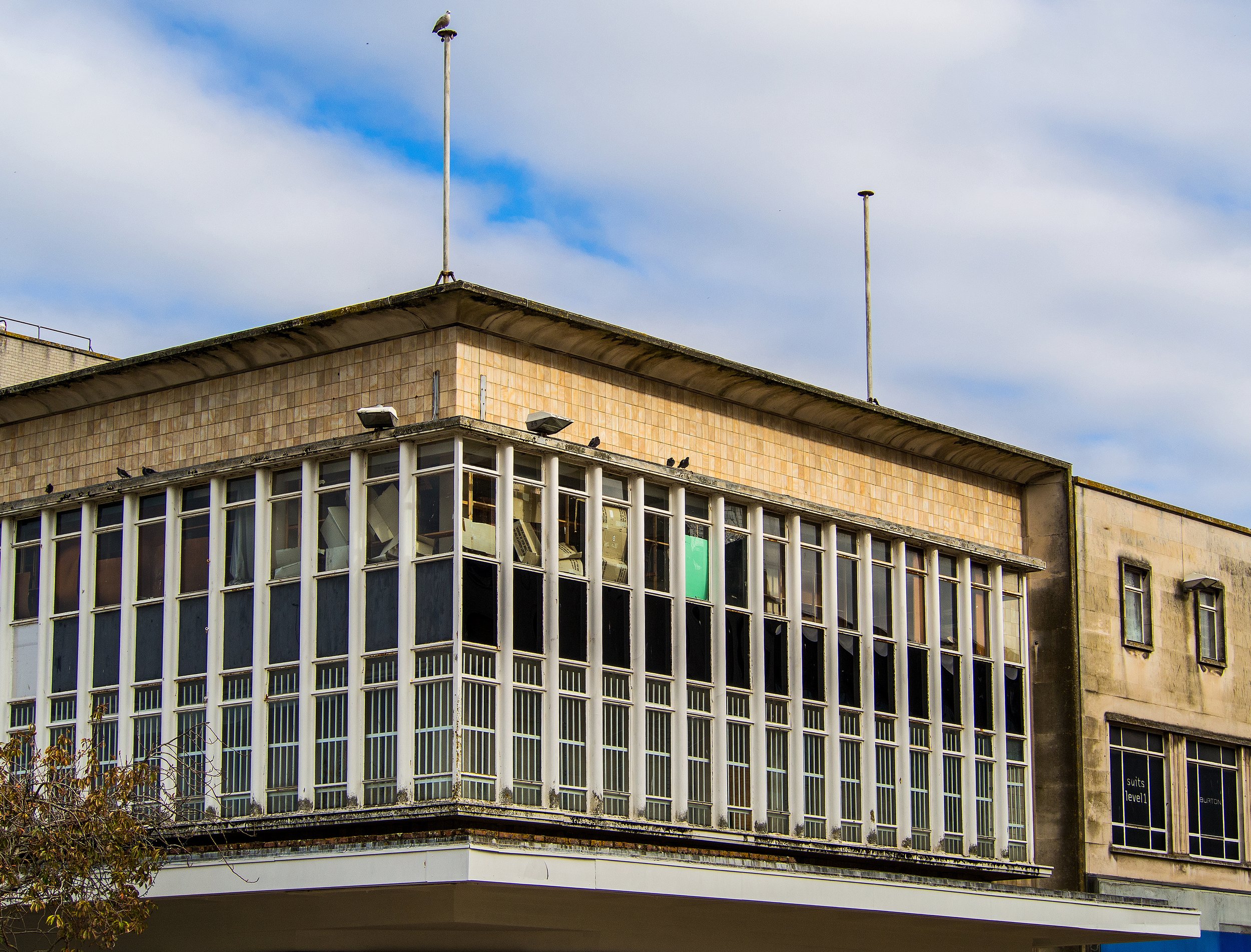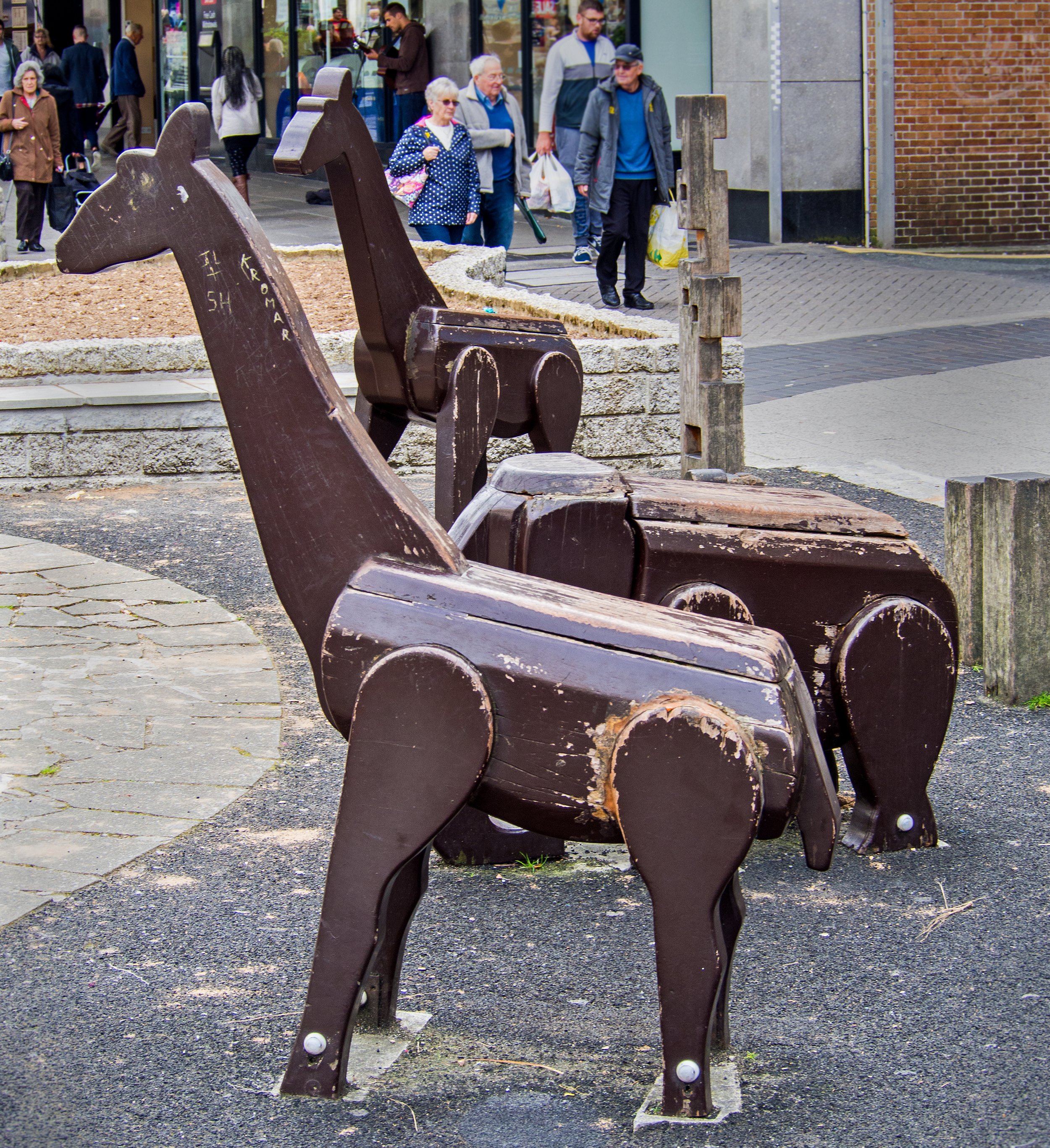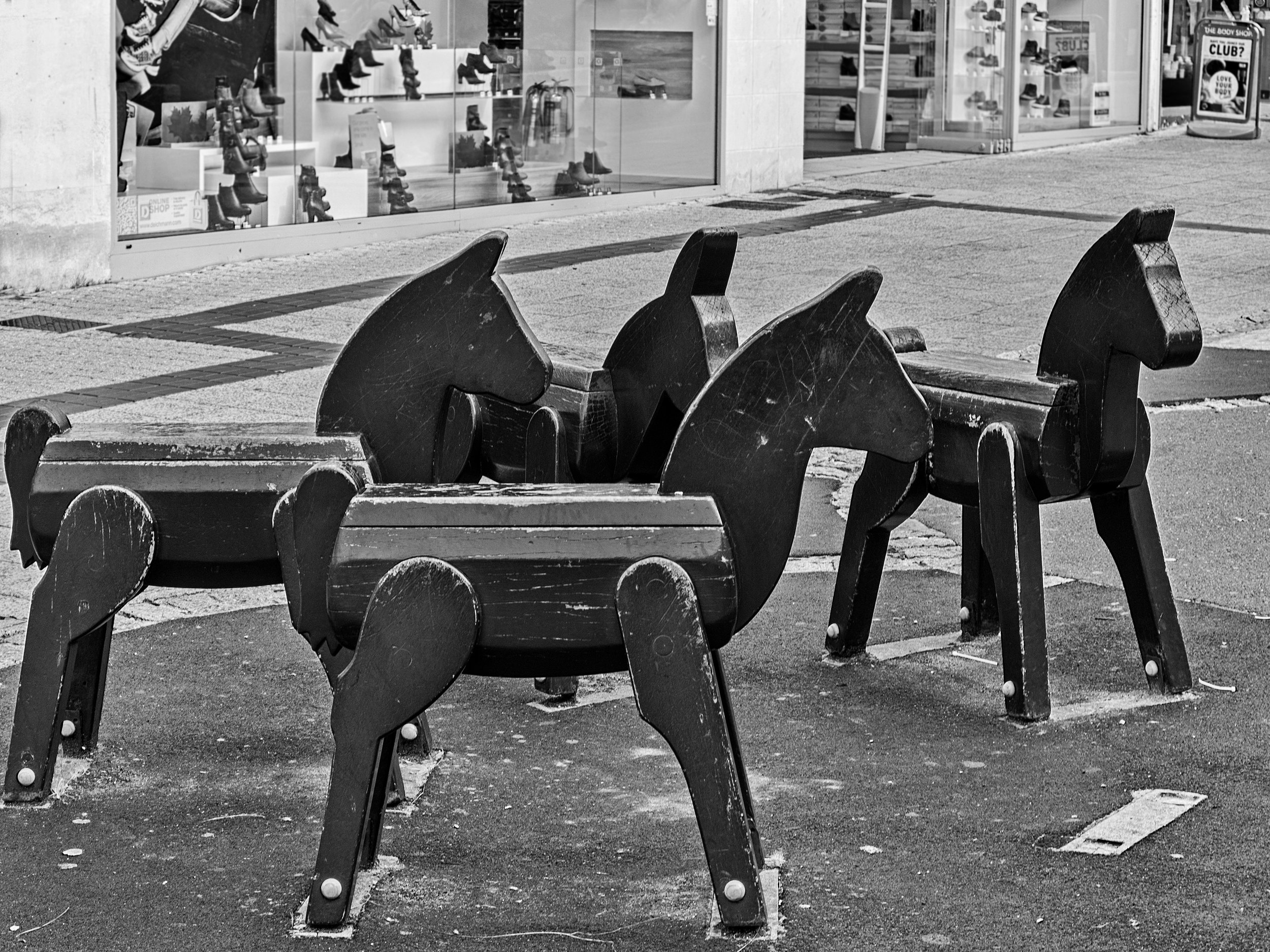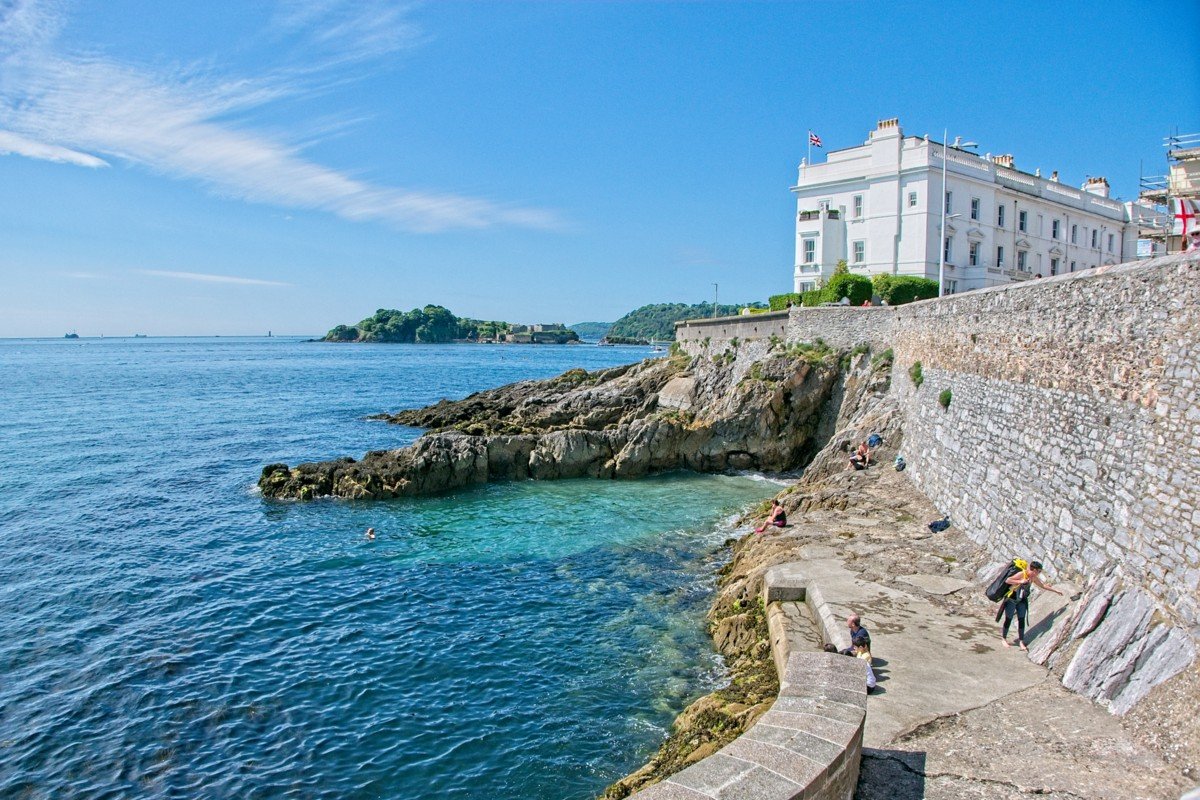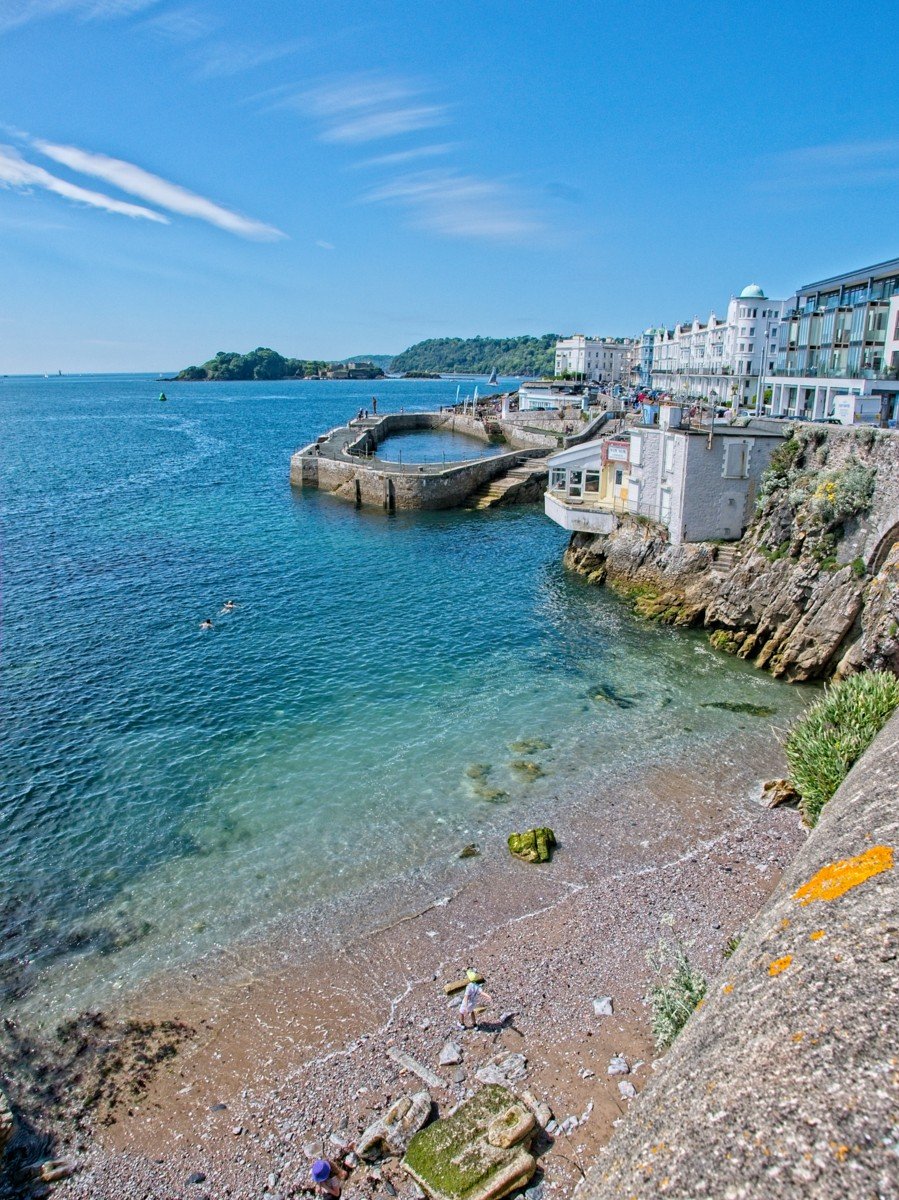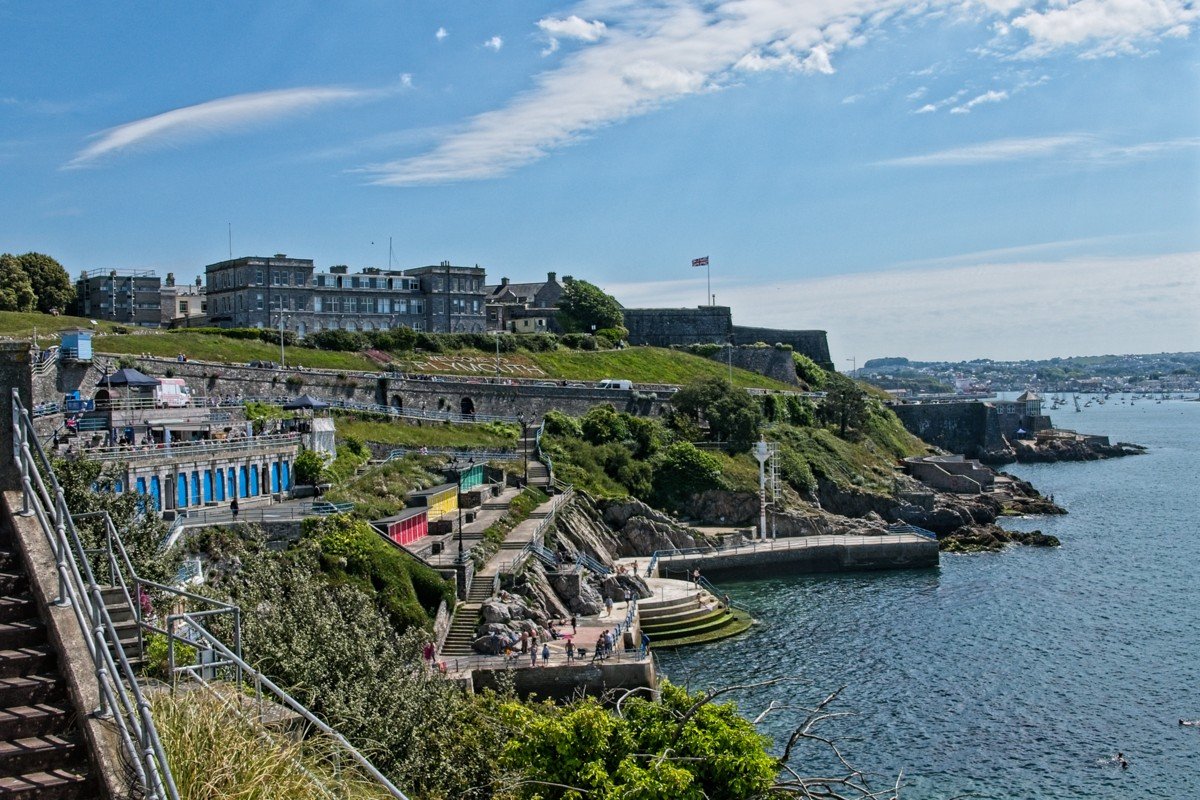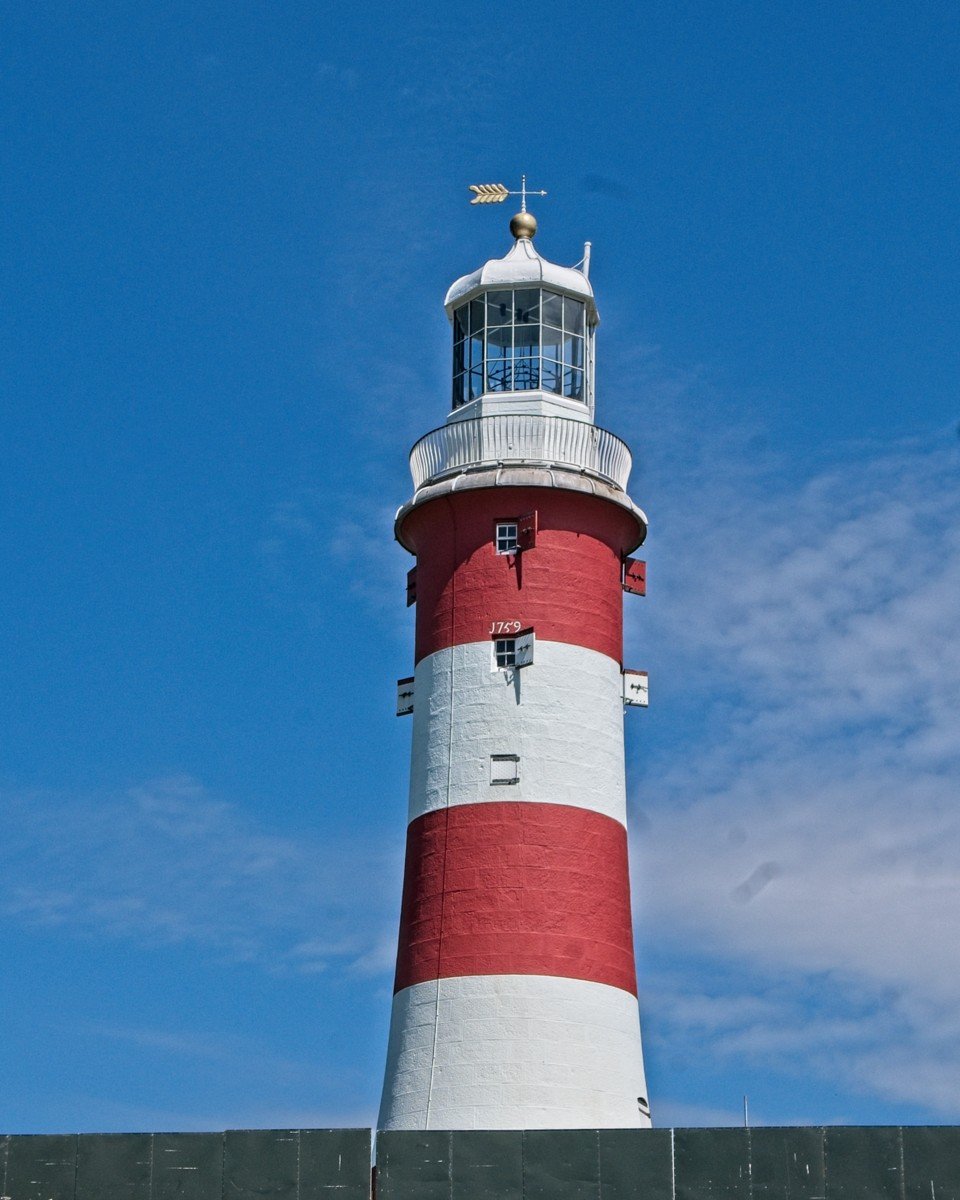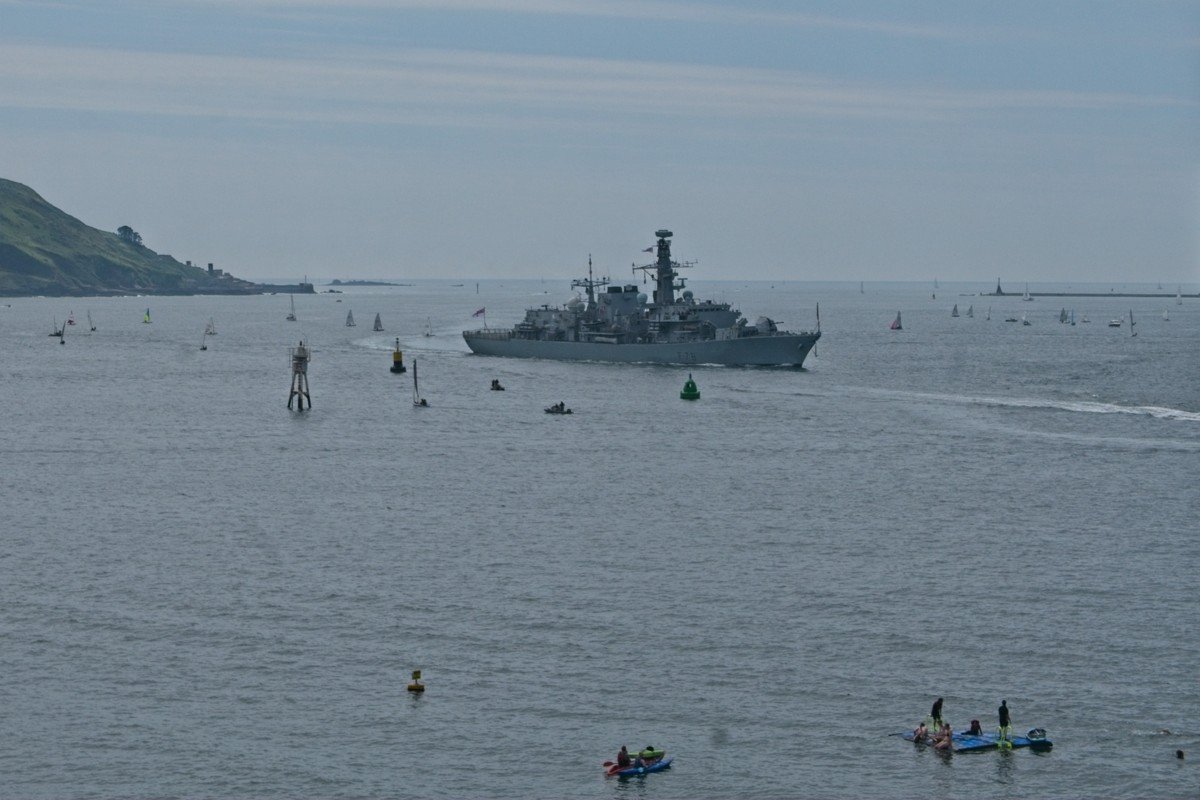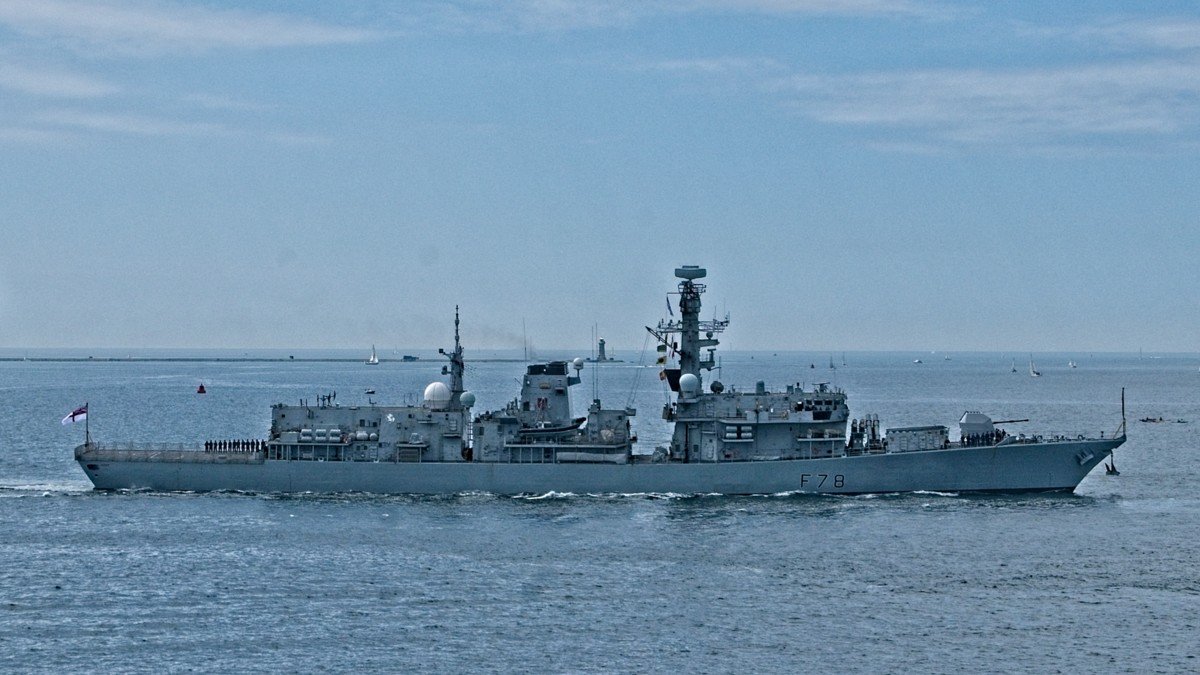LOCAL IMAGES
This section contains images taken in and around Plymouth, including Dartmoor National Park. Plymouth has a beautiful natural harbour and although most of the city centre was badly redeveloped in the 1950’s and 60’s, some older pockets of interest remain. Dartmoor is known for its granite outcrops called Tors.
PLYMOUTH
The origins of Plymouth can be traced back to Saxon times, more than a thousand years ago, and its history very much reflects its maritime location. Farmland on a small peninsula at the mouth of the river Plym, referred to in the Domesday Book in 1086 as Sudtone, meaning South Farm, developed into Sutton Harbour, the hub of medieval Plymouth. Plymouth’s importance both as a community and a port accelerated during this period. In 1254 its town status was recognised by Royal Charter, and in 1439 Plymouth was the first town in England to be granted a Charter by Parliament. Trade with other English regions, the Baltics and Northern Europe expanded, whilst fortifications were built up to repel repeated French incursions.
During the next three centuries Plymouth established its reputation both as a centre for voyage and discovery, and for its military importance. Transatlantic trade originated with William Hawkins in 1528. His son John laid the foundations of an organised naval force. In 1572 Sir Francis Drake became the first Englishman to sail into the Pacific, and in 1577 he embarked on the first ever circumnavigation of the globe. Back in Plymouth, Drake masterminded the defeat of the Spanish Armada in 1588. According to popular legend, he played bowls on Plymouth Hoe as the Armada sailed up the Channel. Drake was responsible also for the establishment of England’s first colony, at Roanoke in Virginia, an act that may be regarded as the origins of the British Empire.
Perhaps the most celebrated expedition to leave Plymouth was that of the Pilgrim Fathers. Persecuted for their puritan beliefs in eastern England, they set sail for the New World on board the Mayflower in 1620.
Plymouth was heavily bombed during the Second World War. Plymouth’s and Devonport’s centres were destroyed. Re-built in the 1950s, Plymouth’s commercial heart was the first in England to incorporate pedestrian-only shopping avenues.
